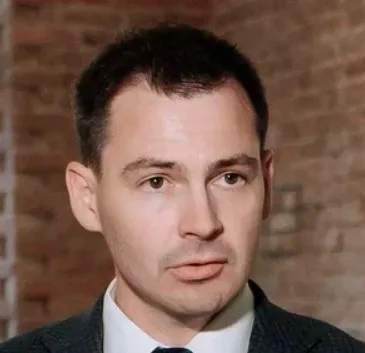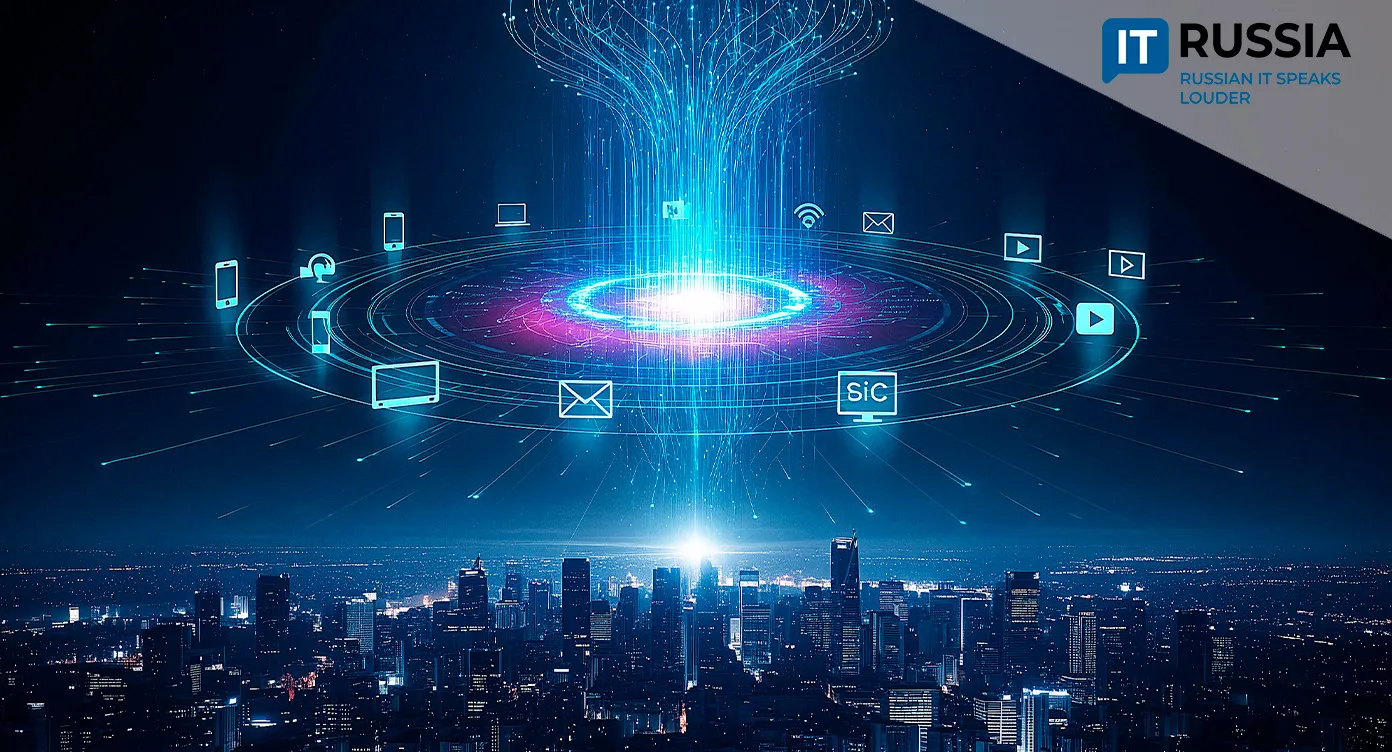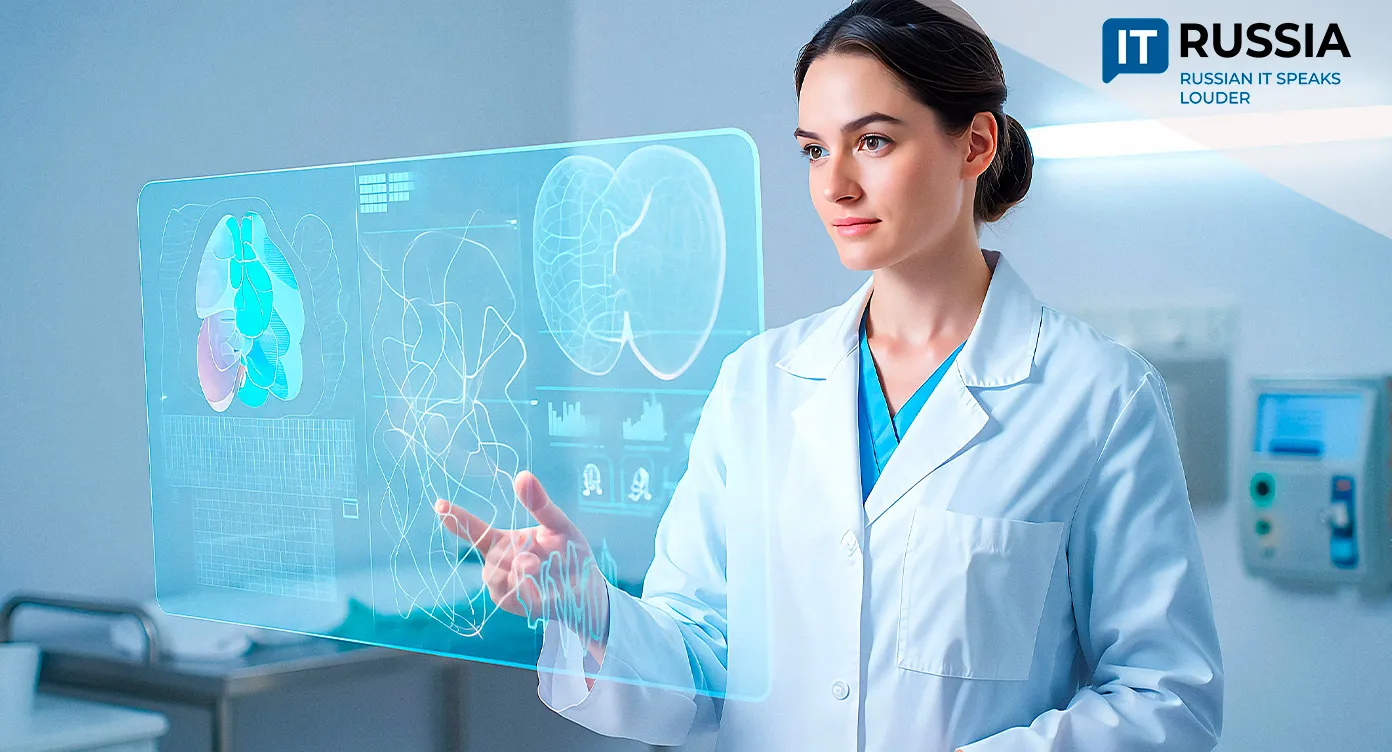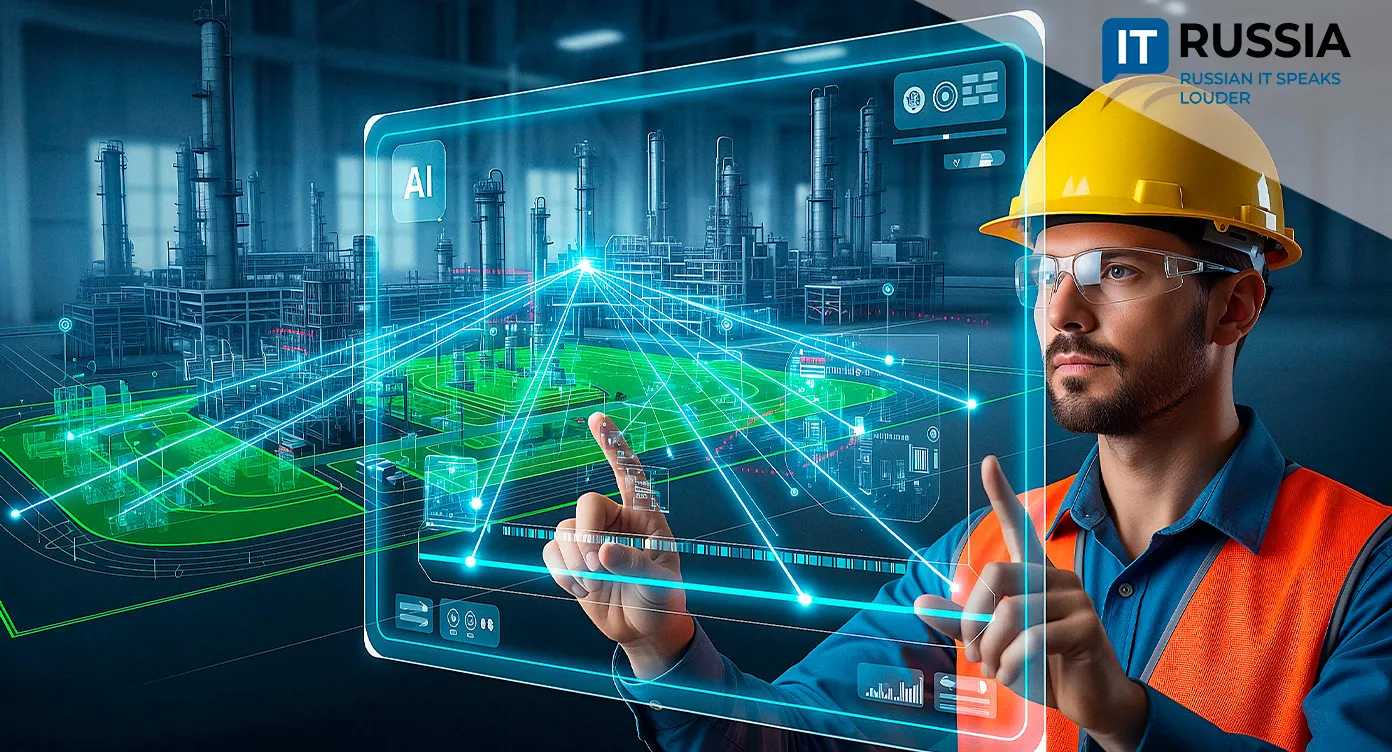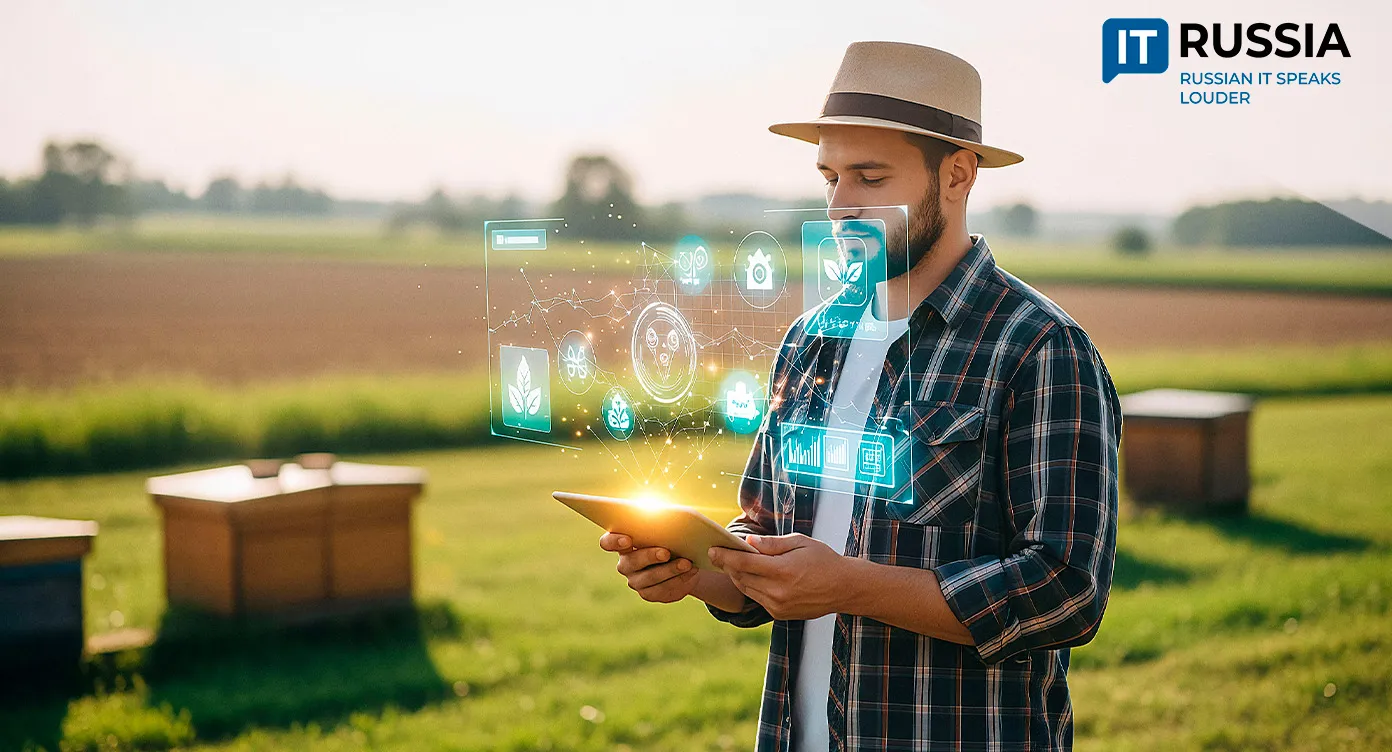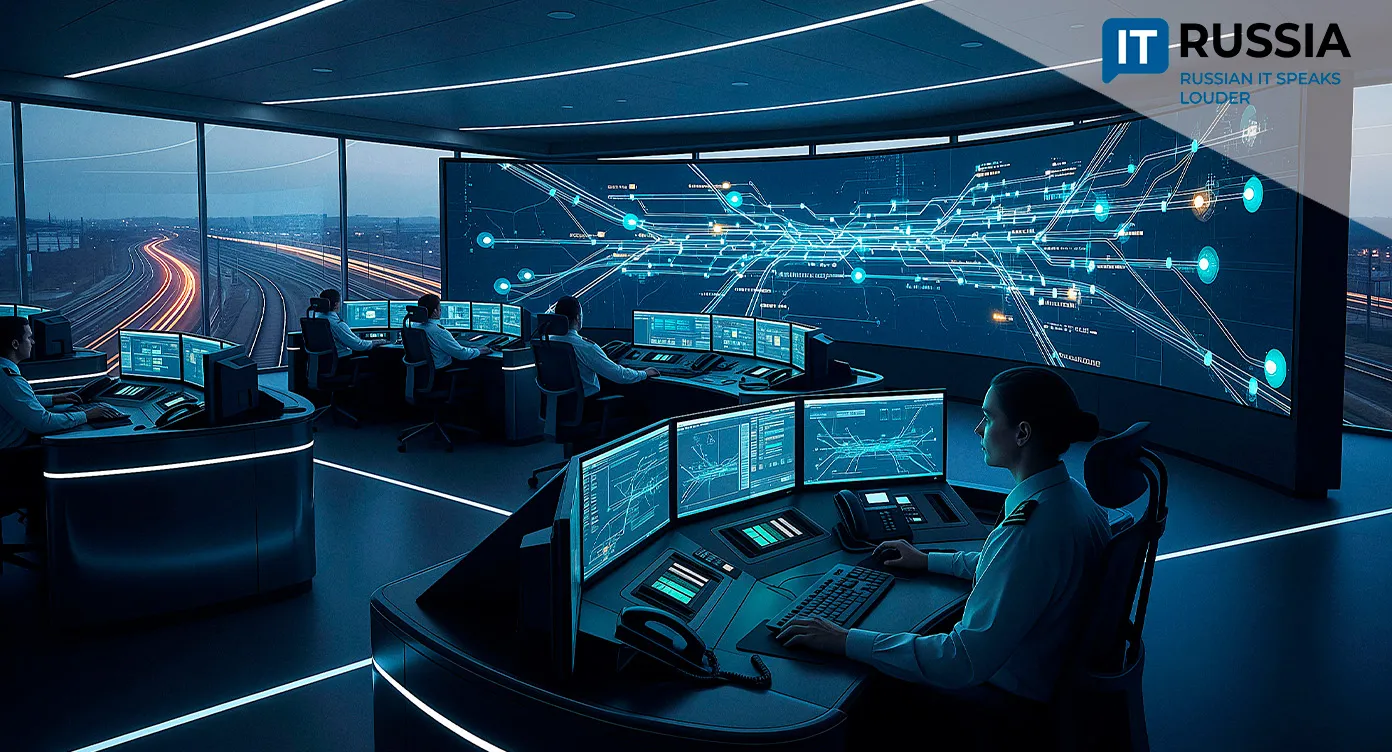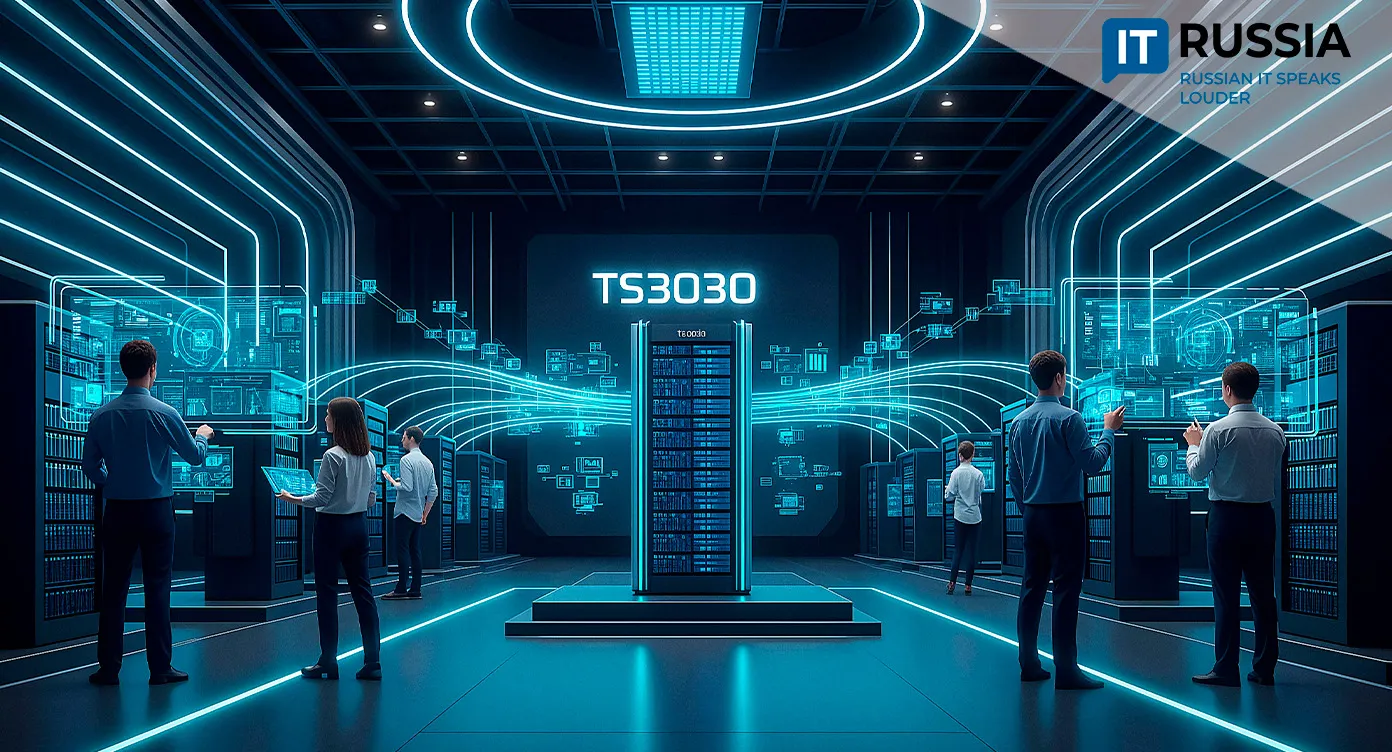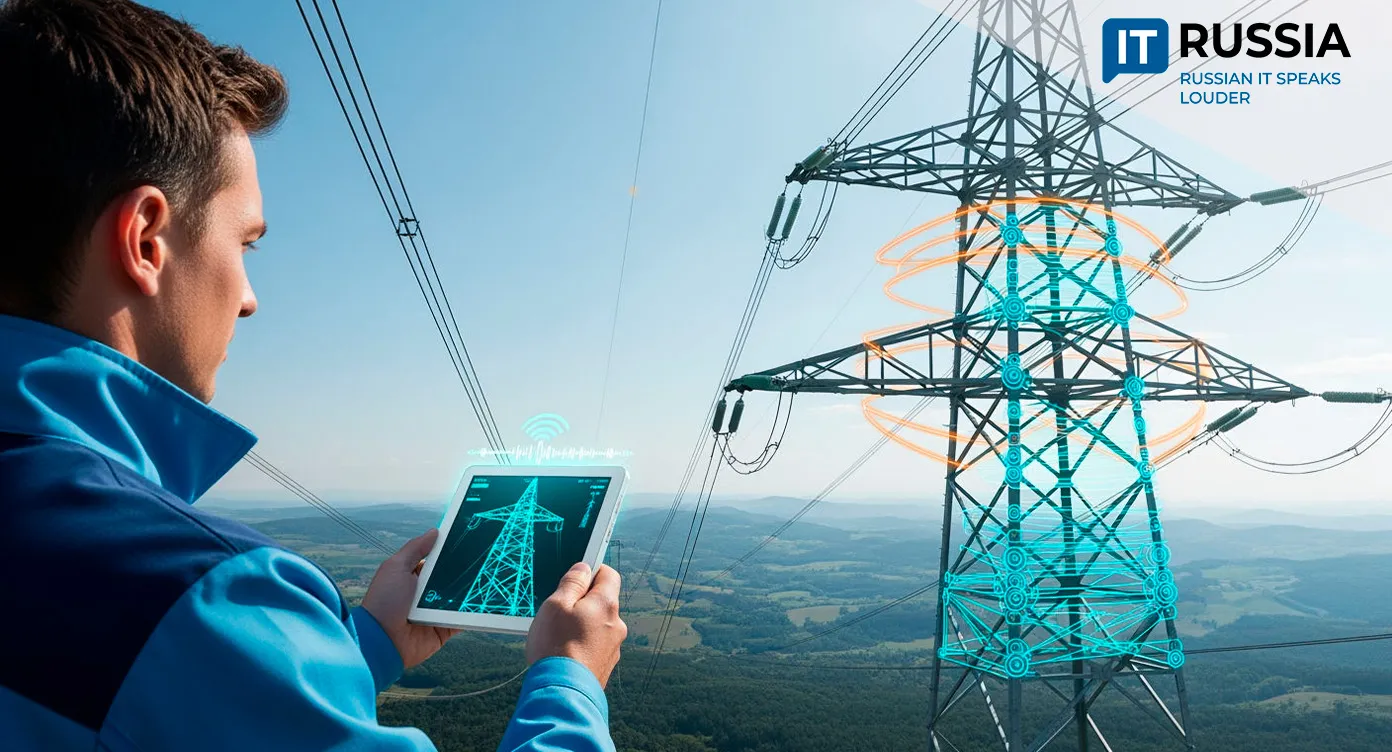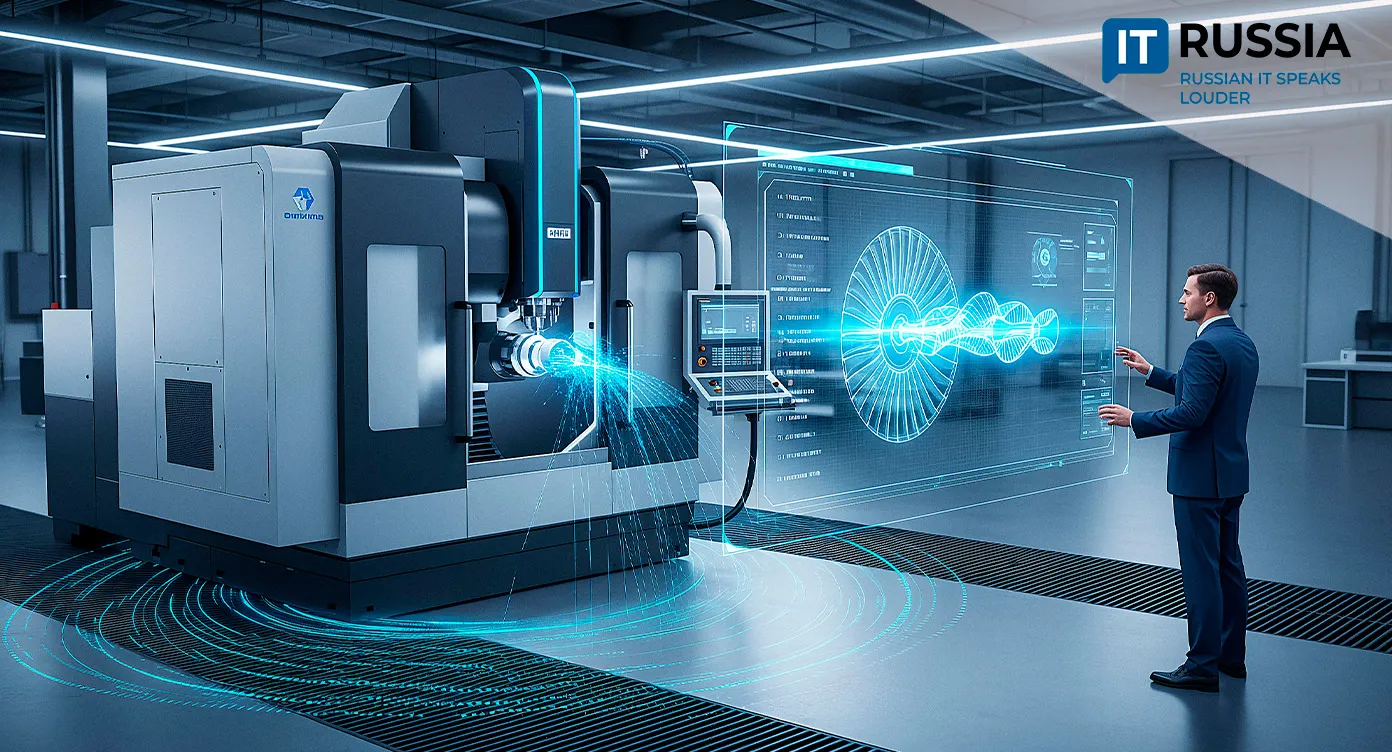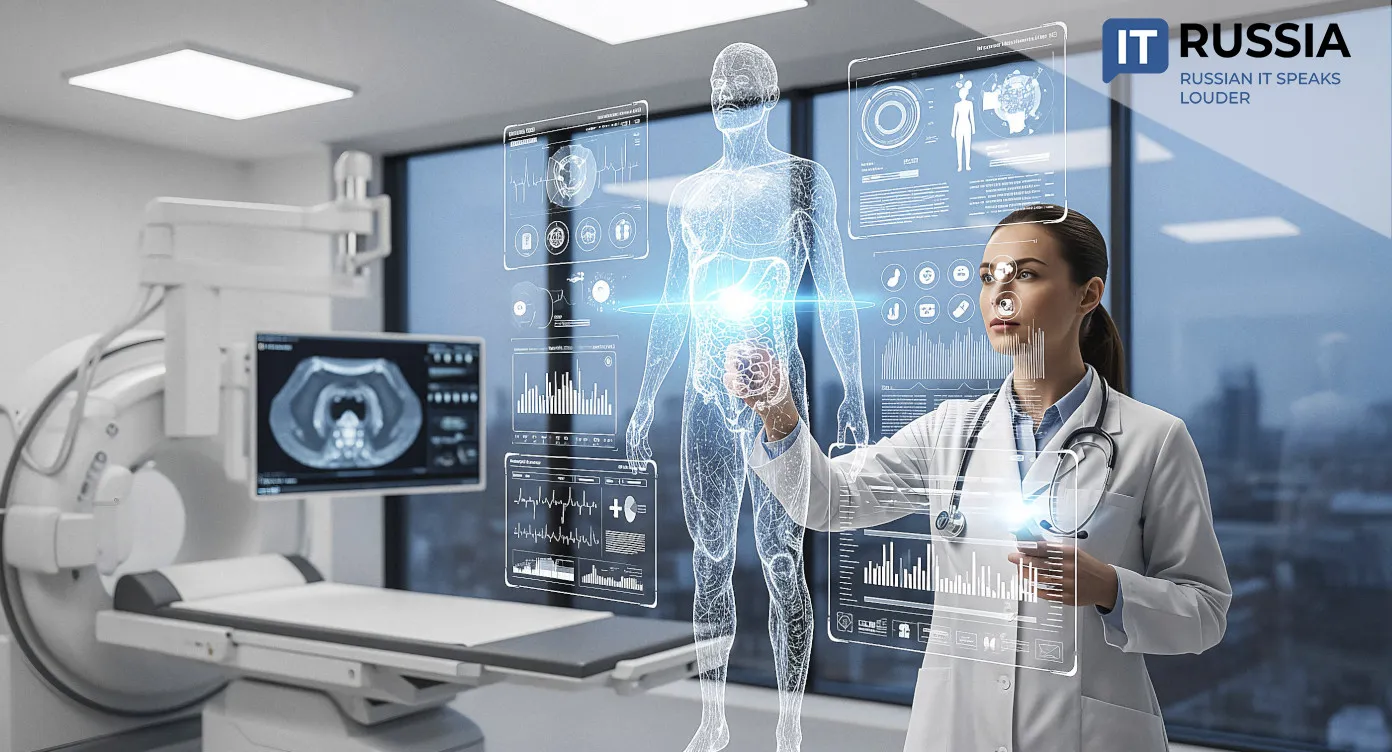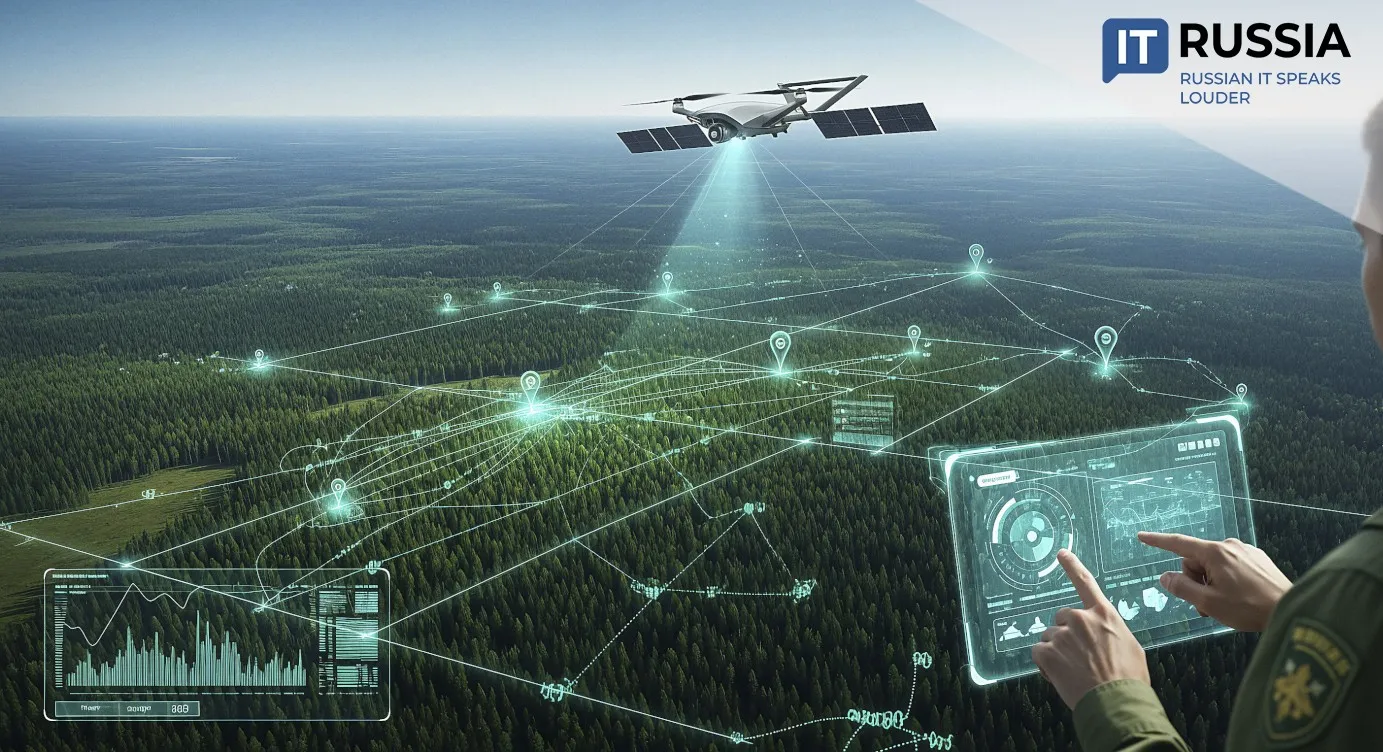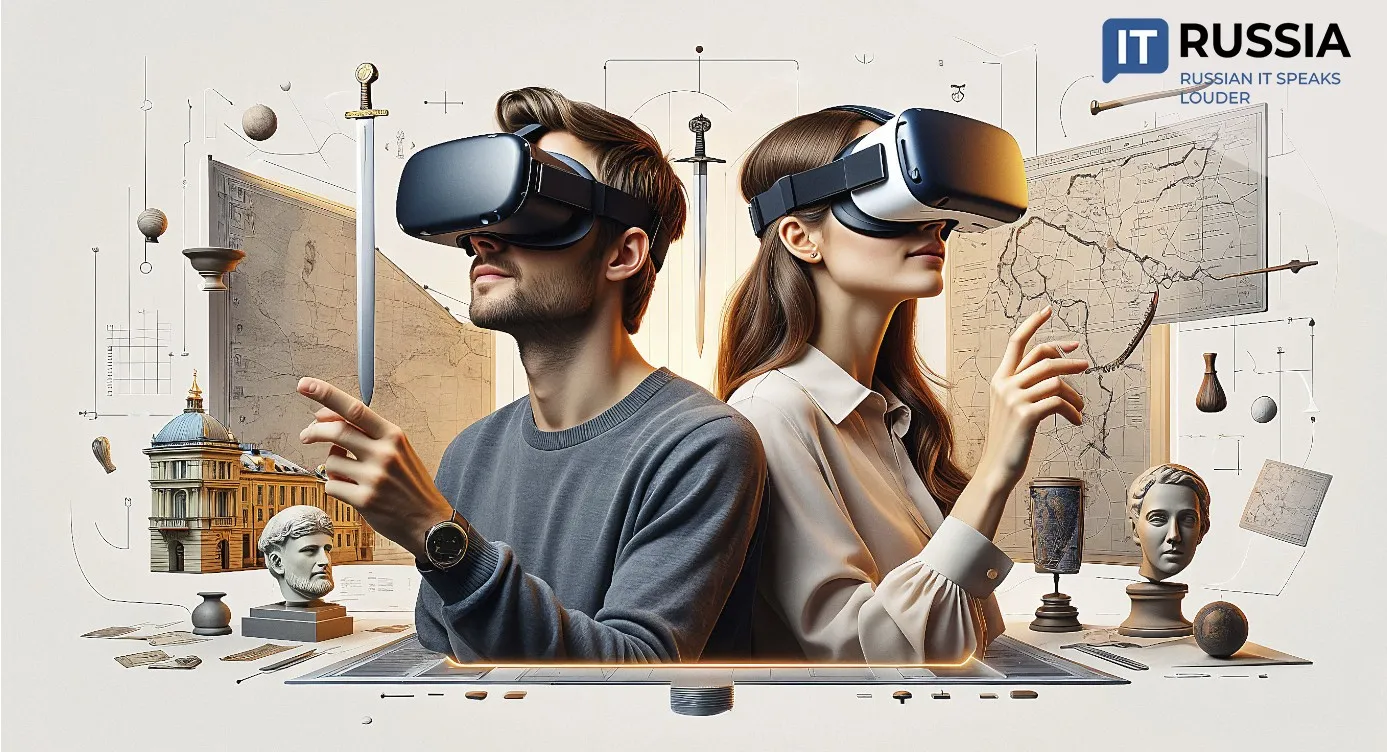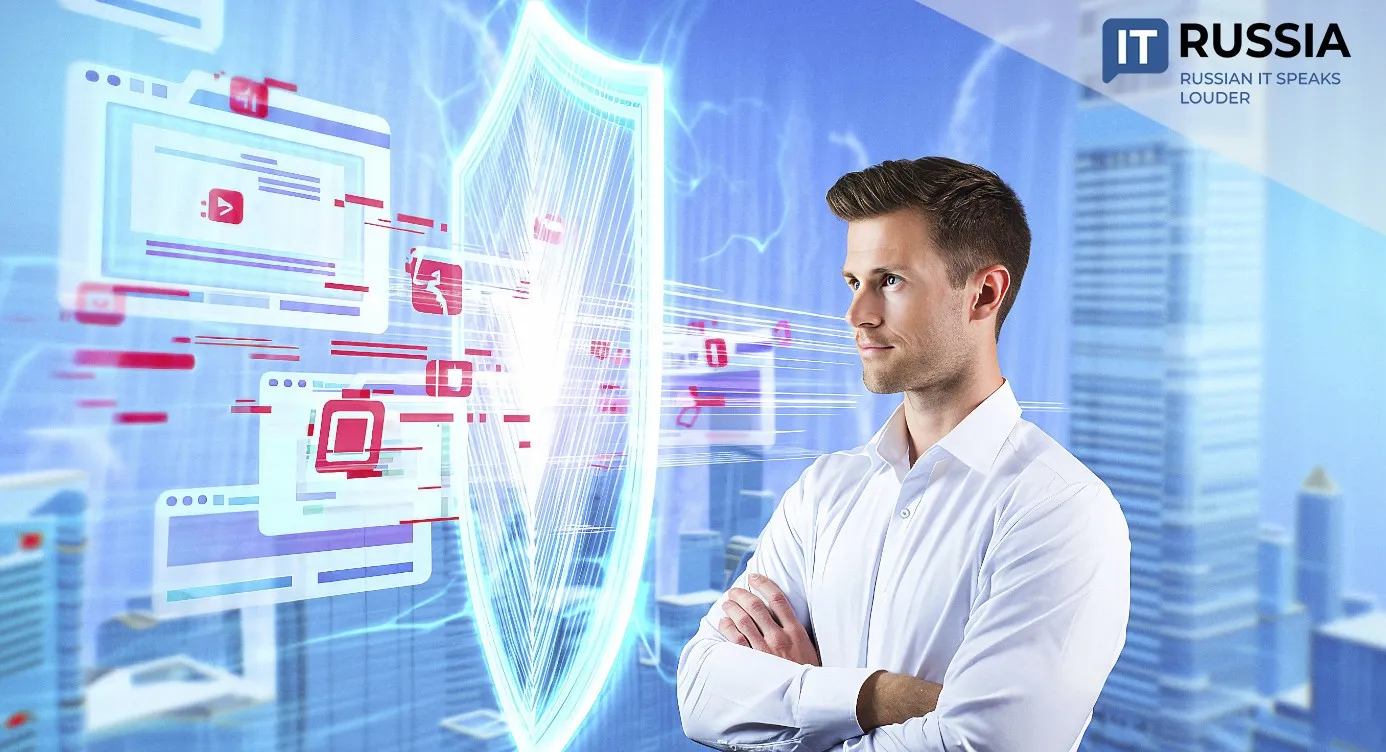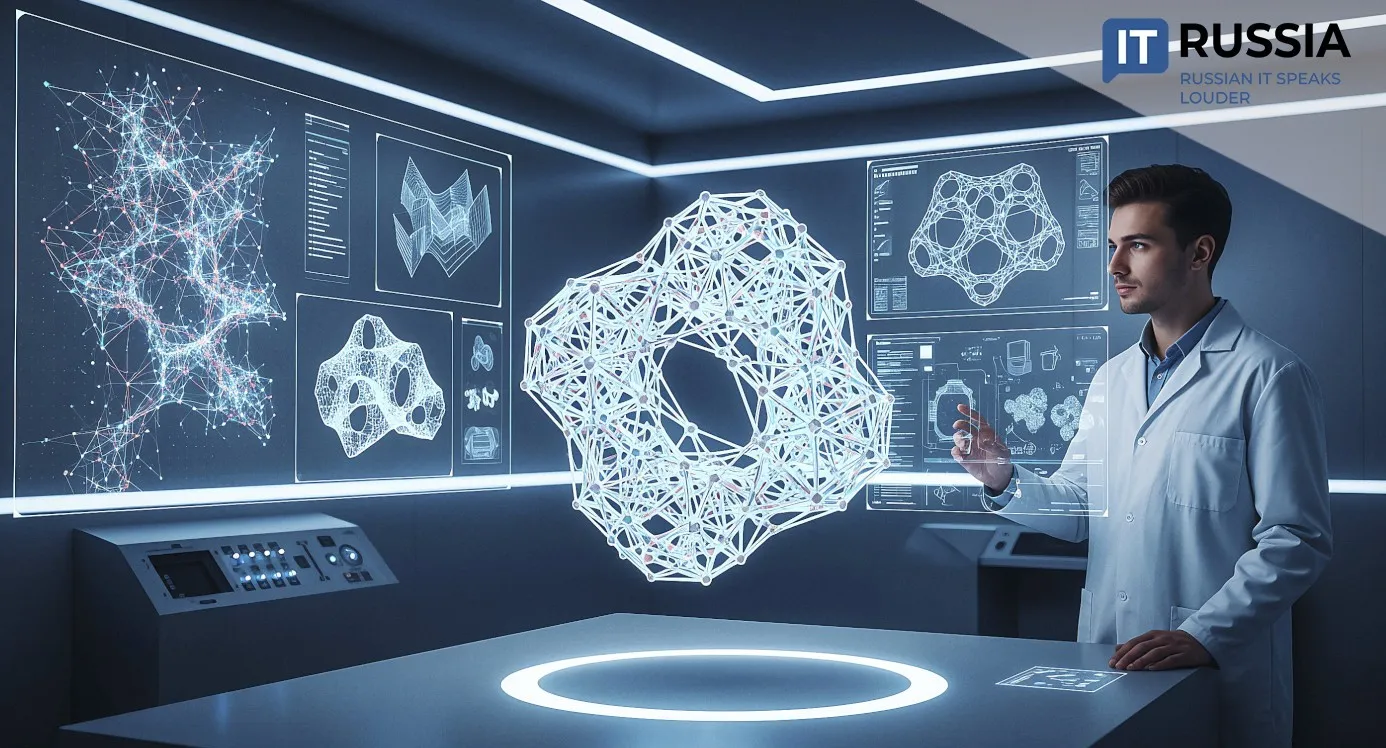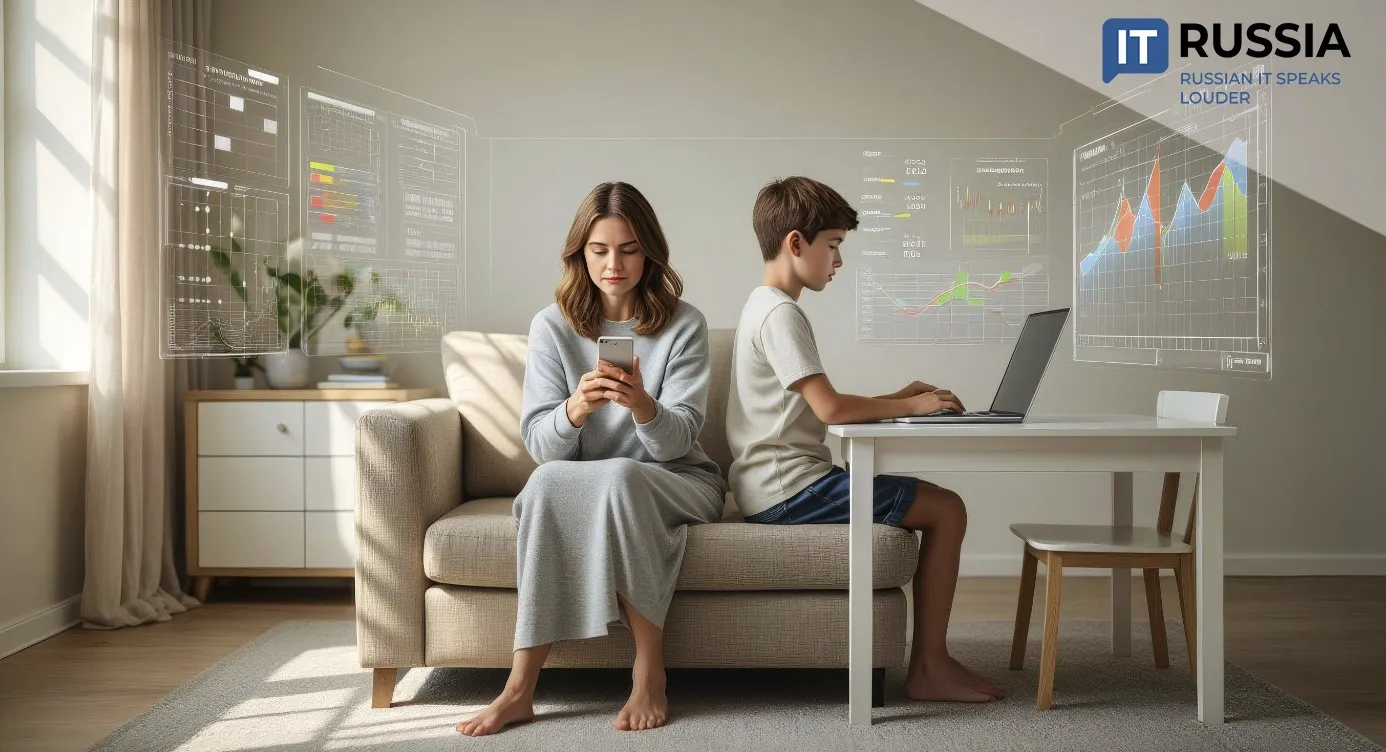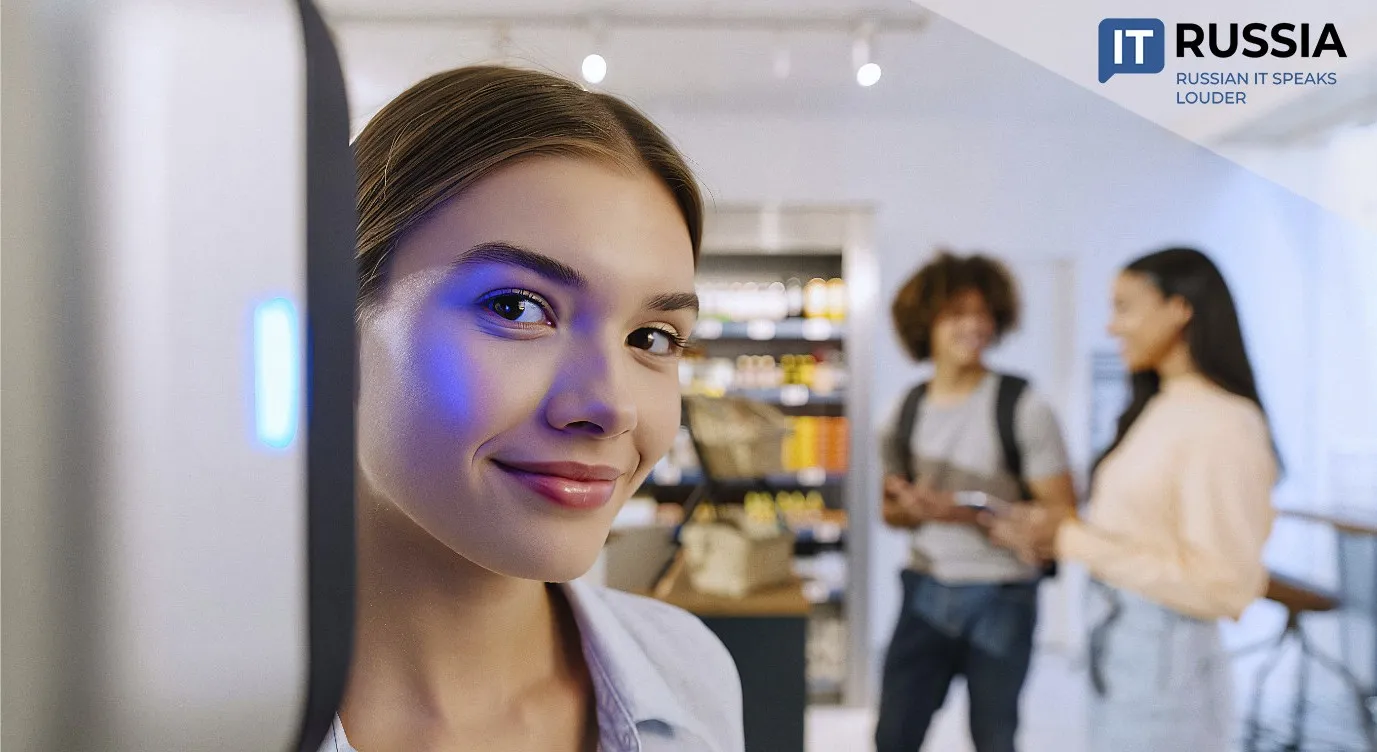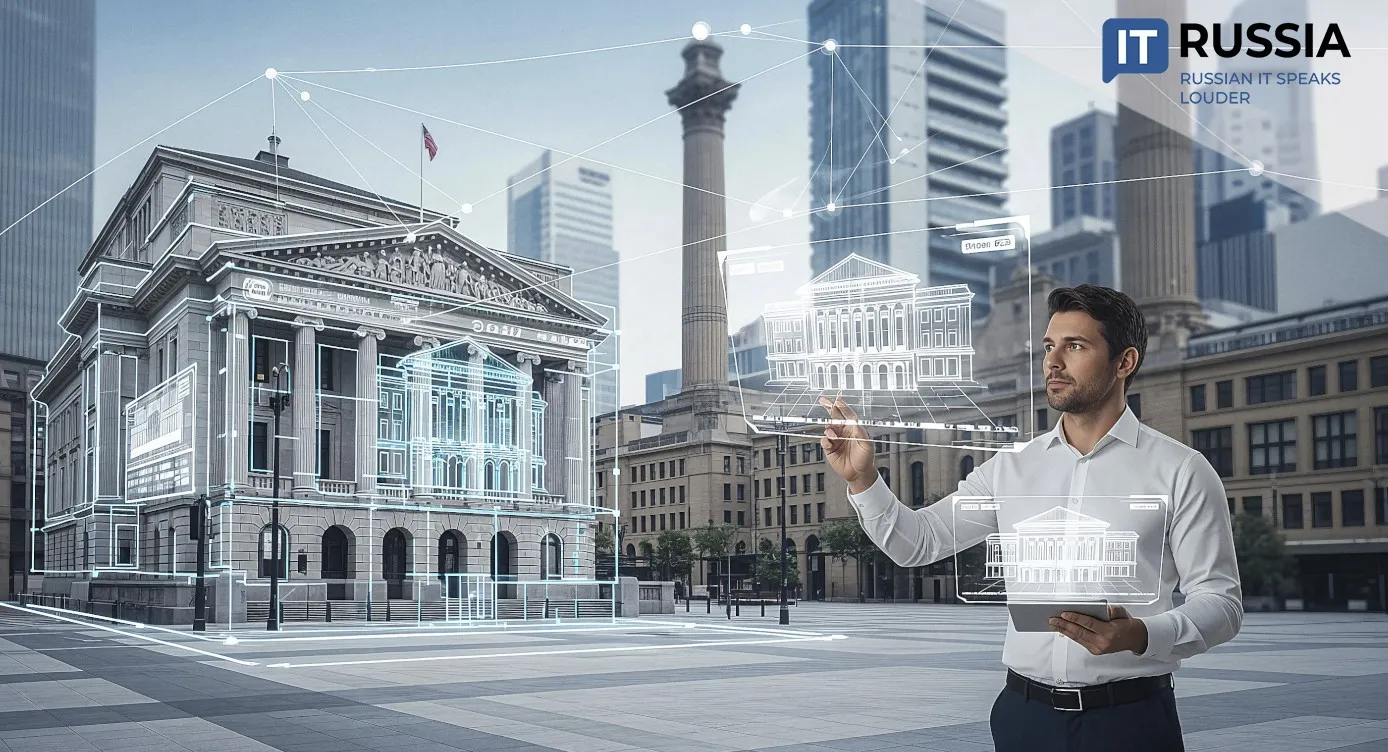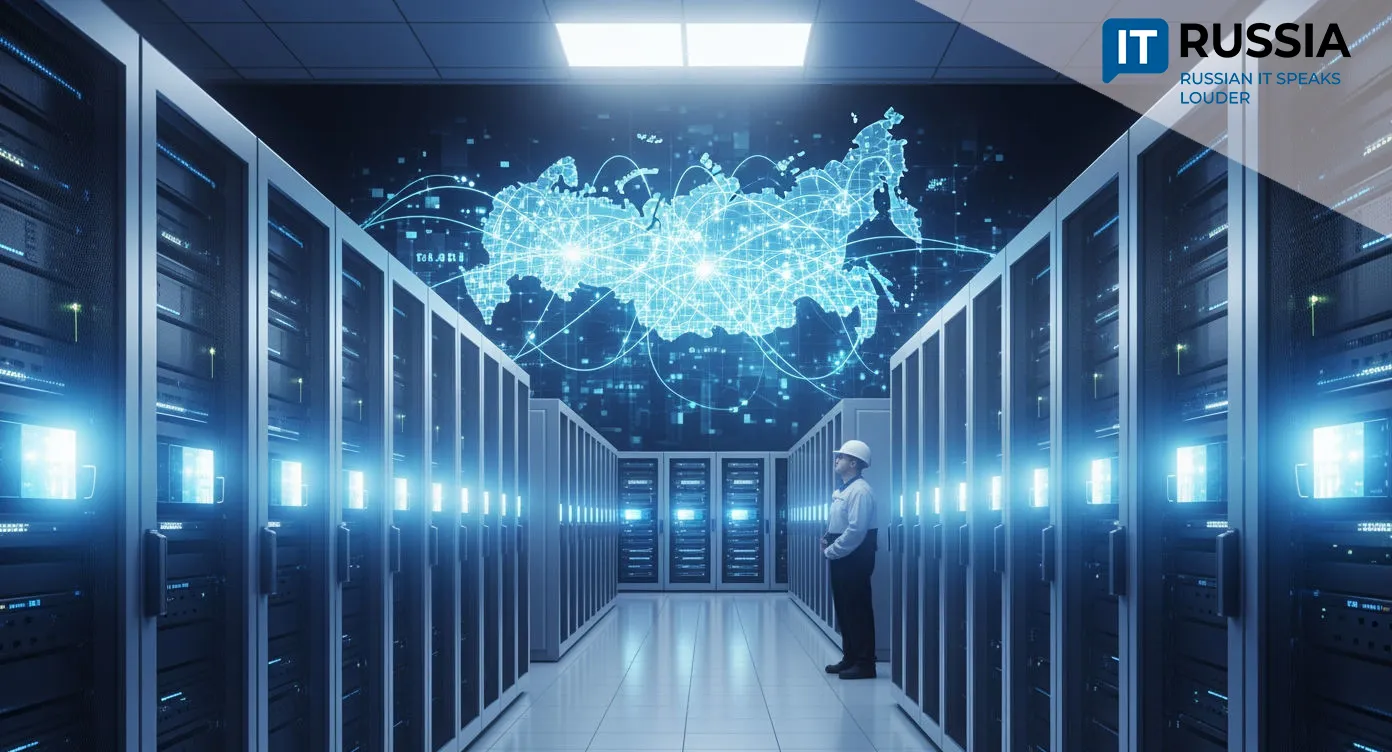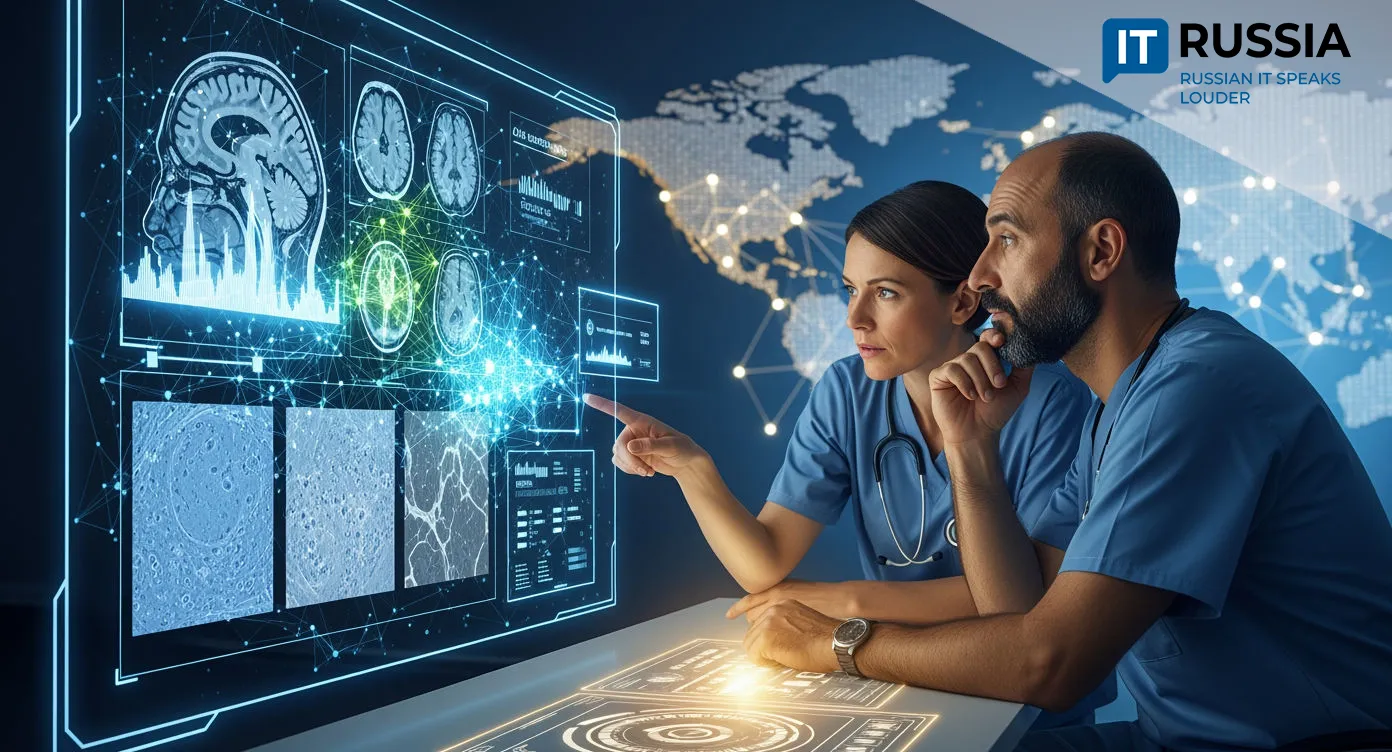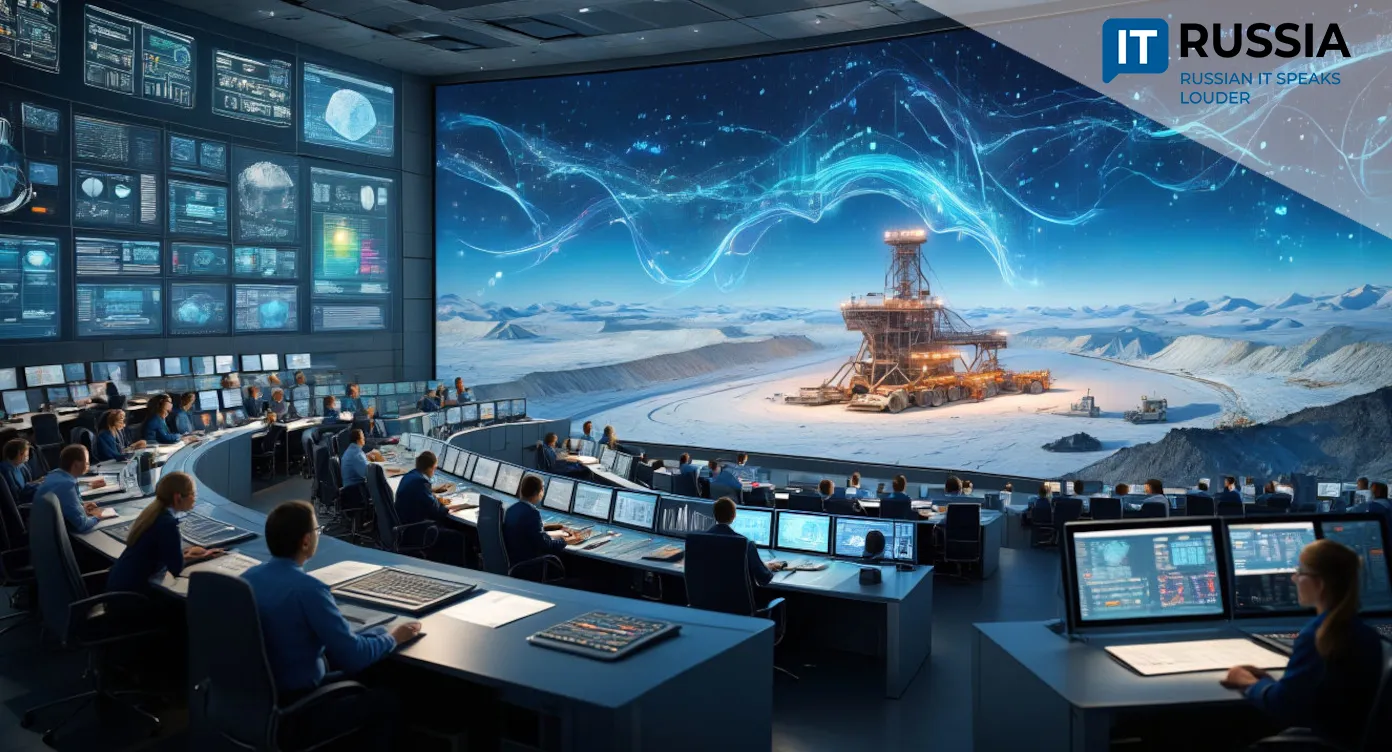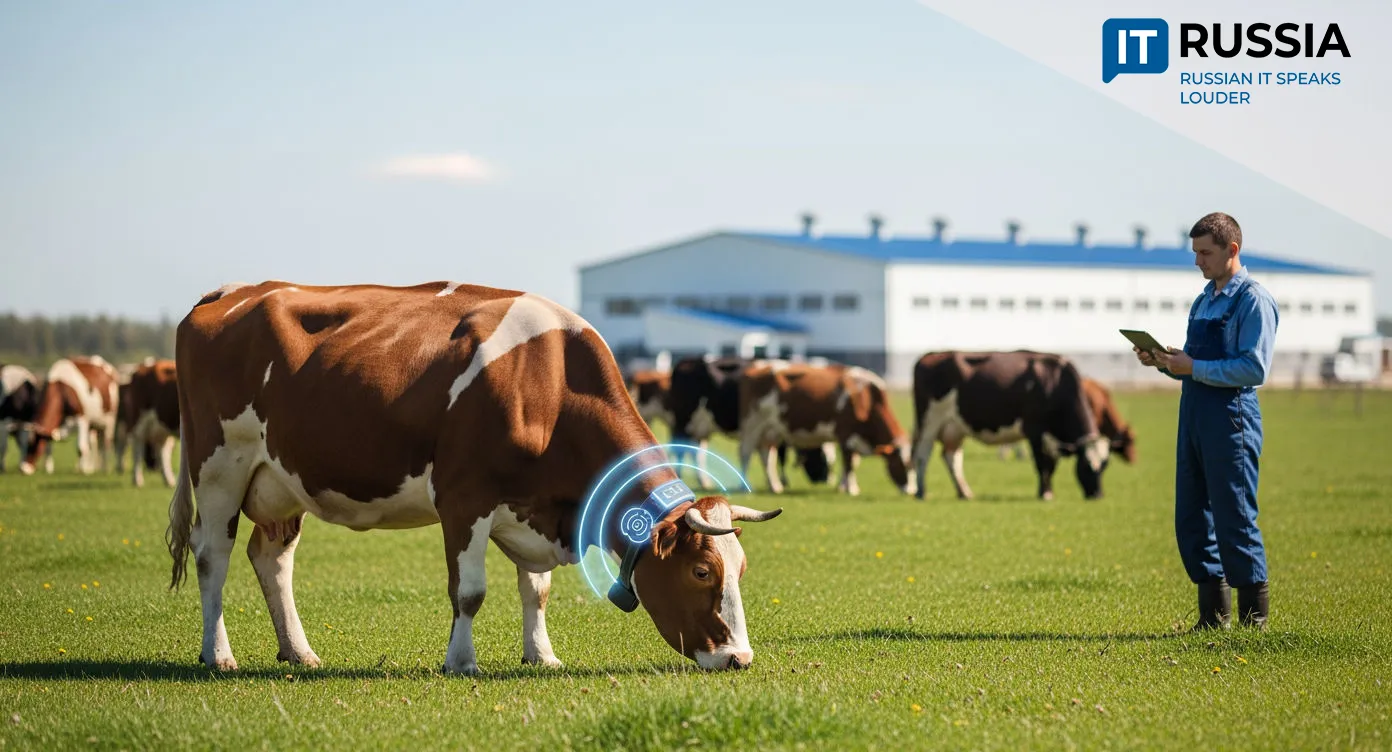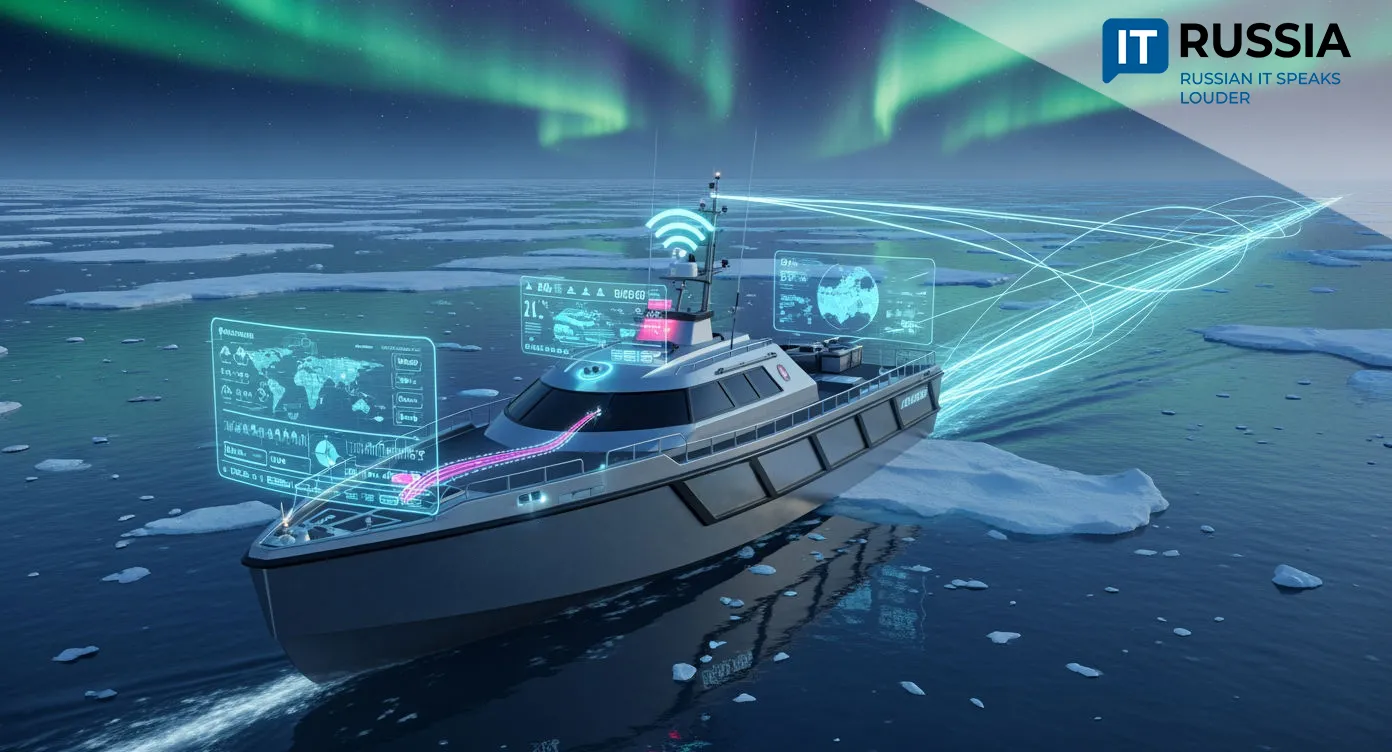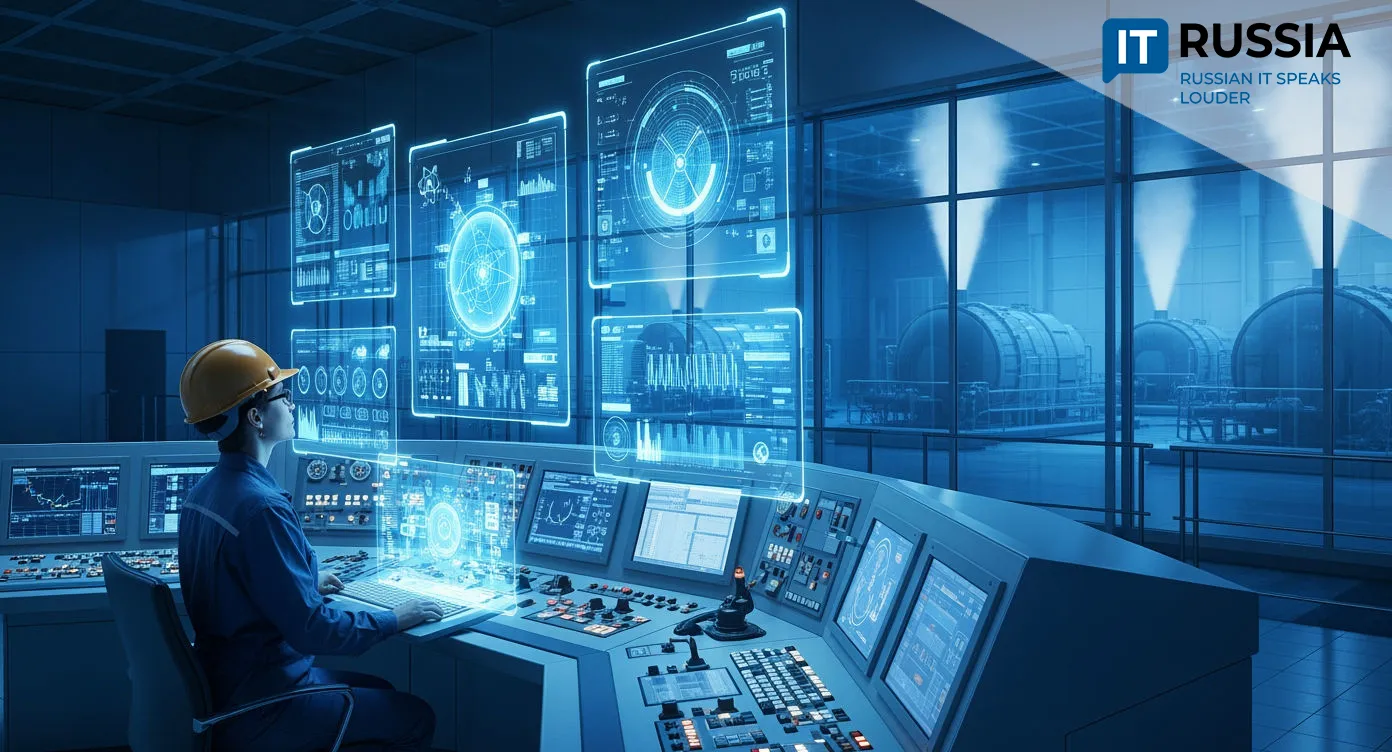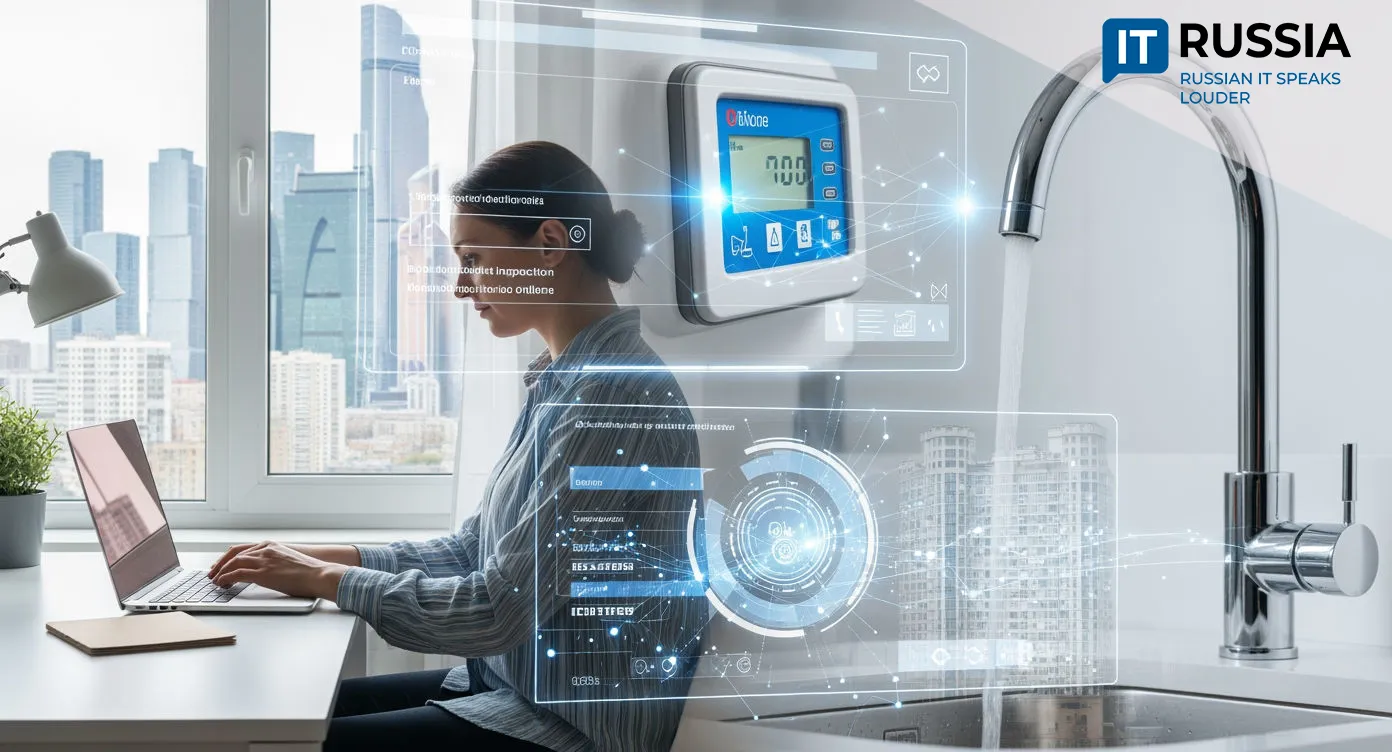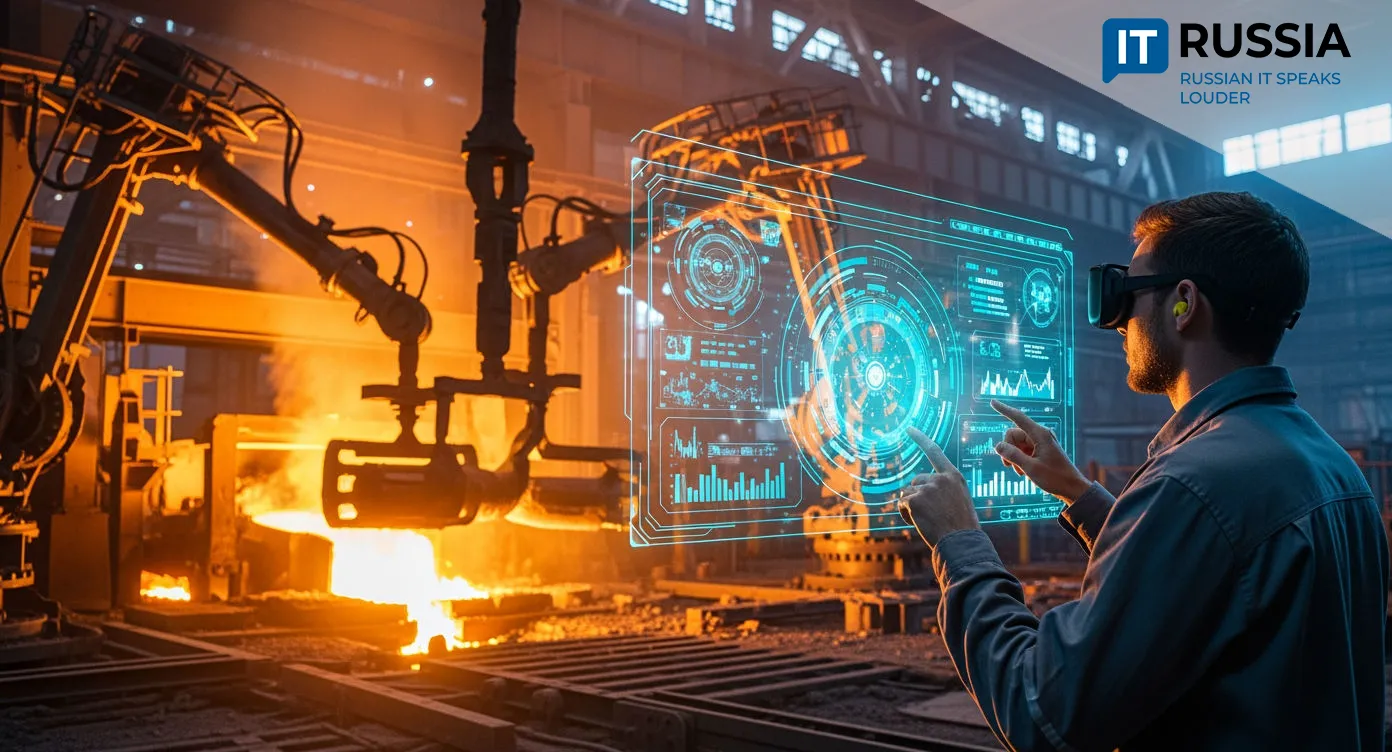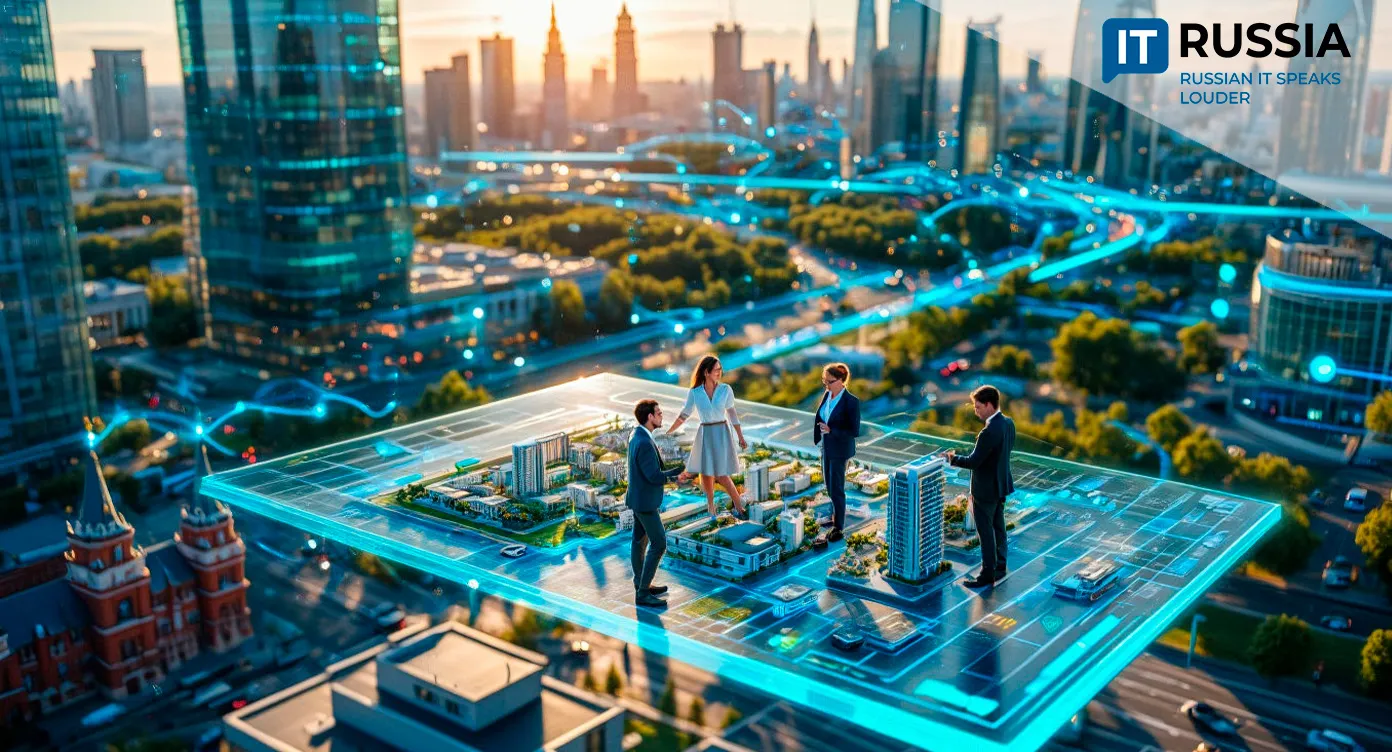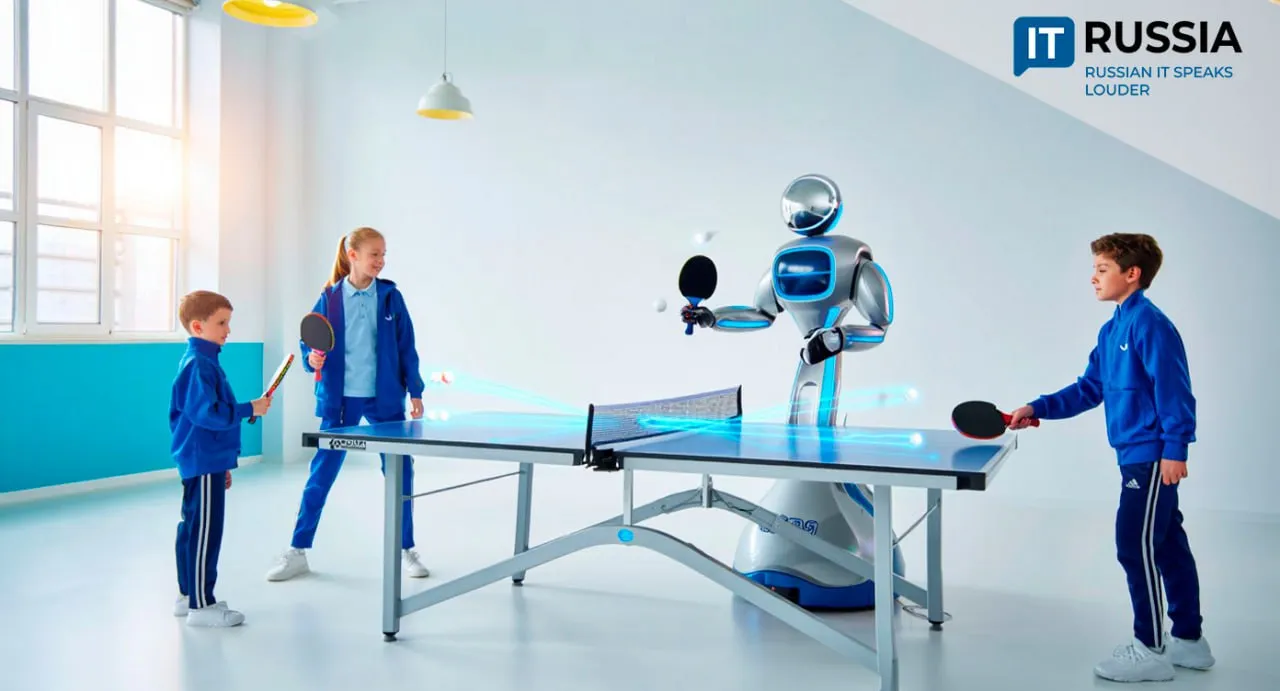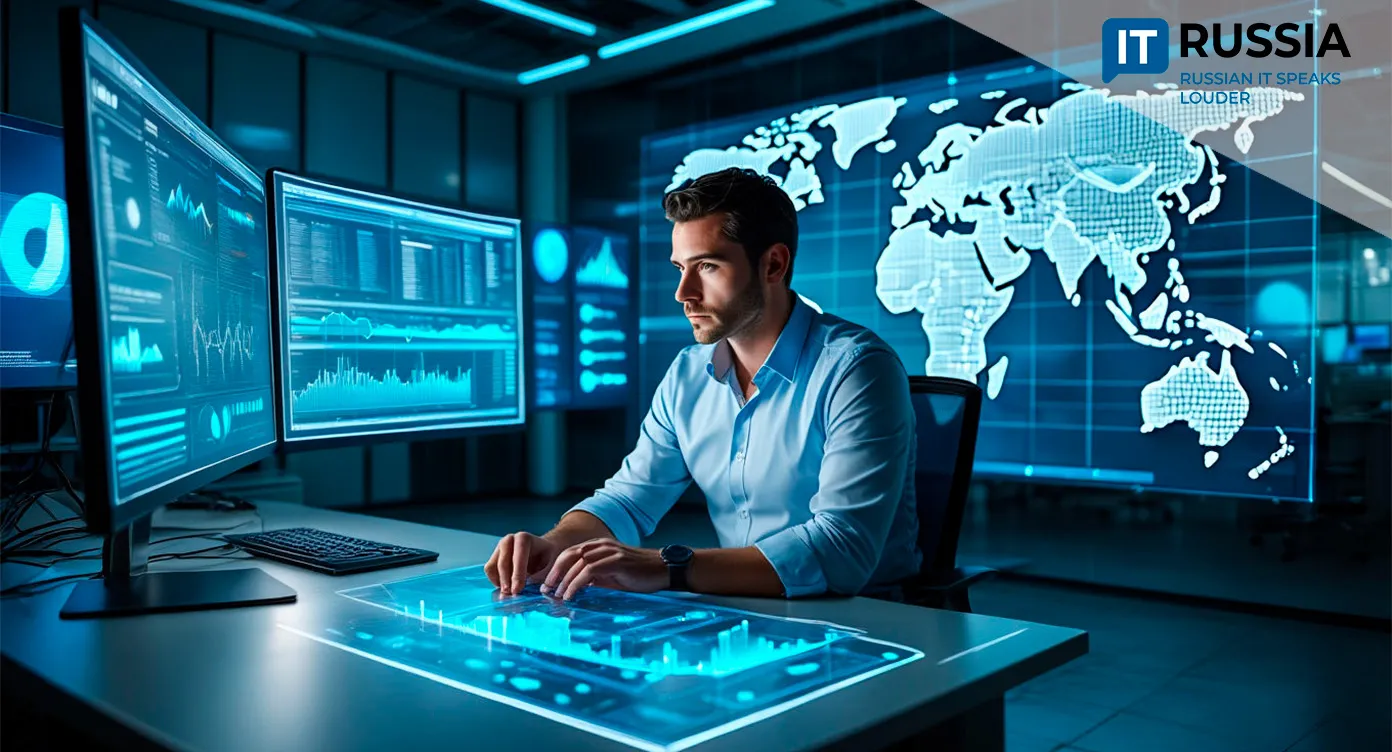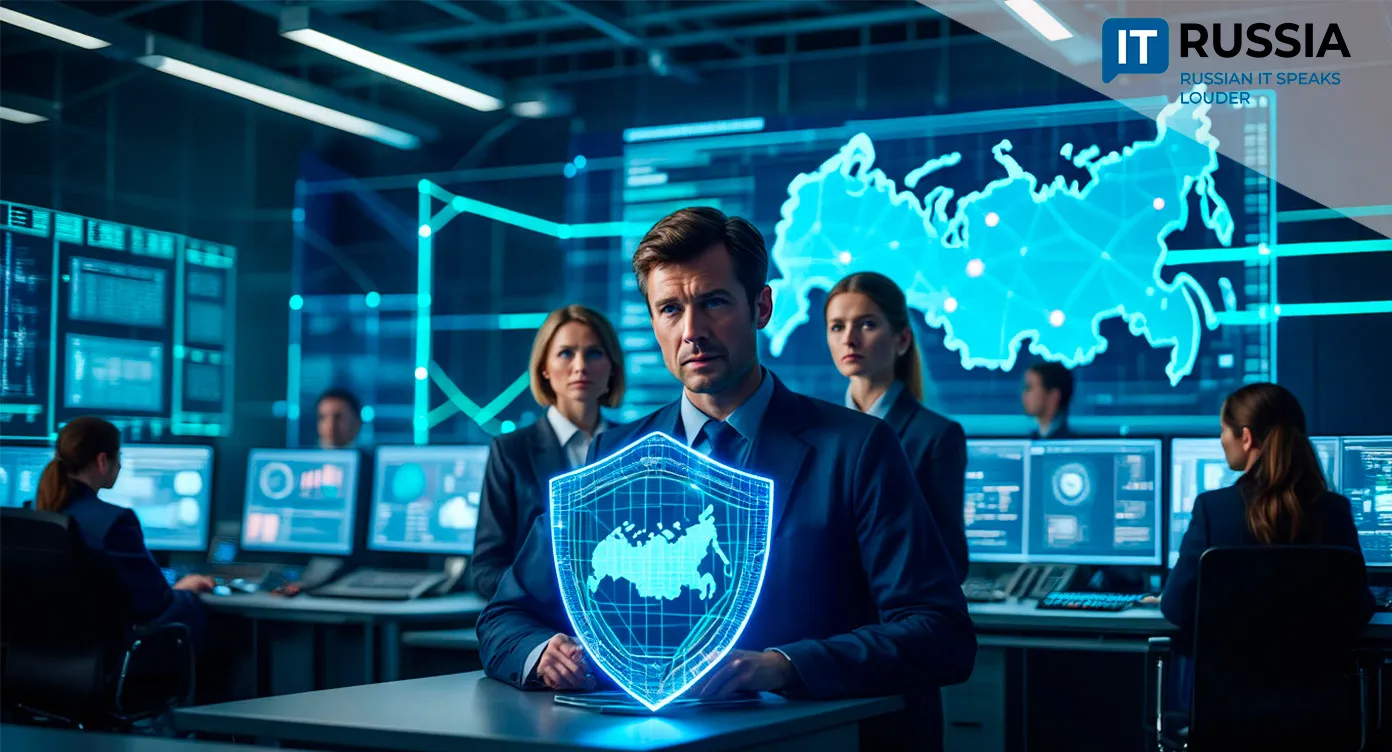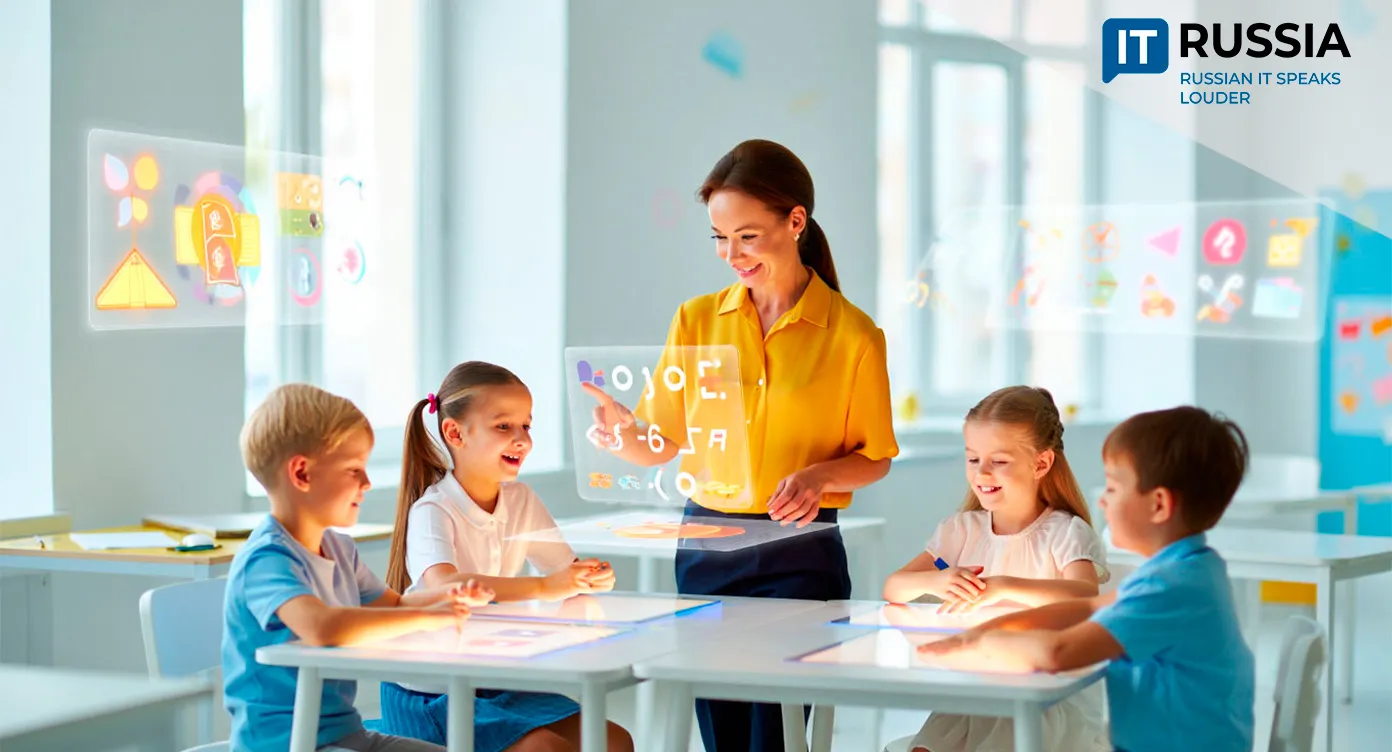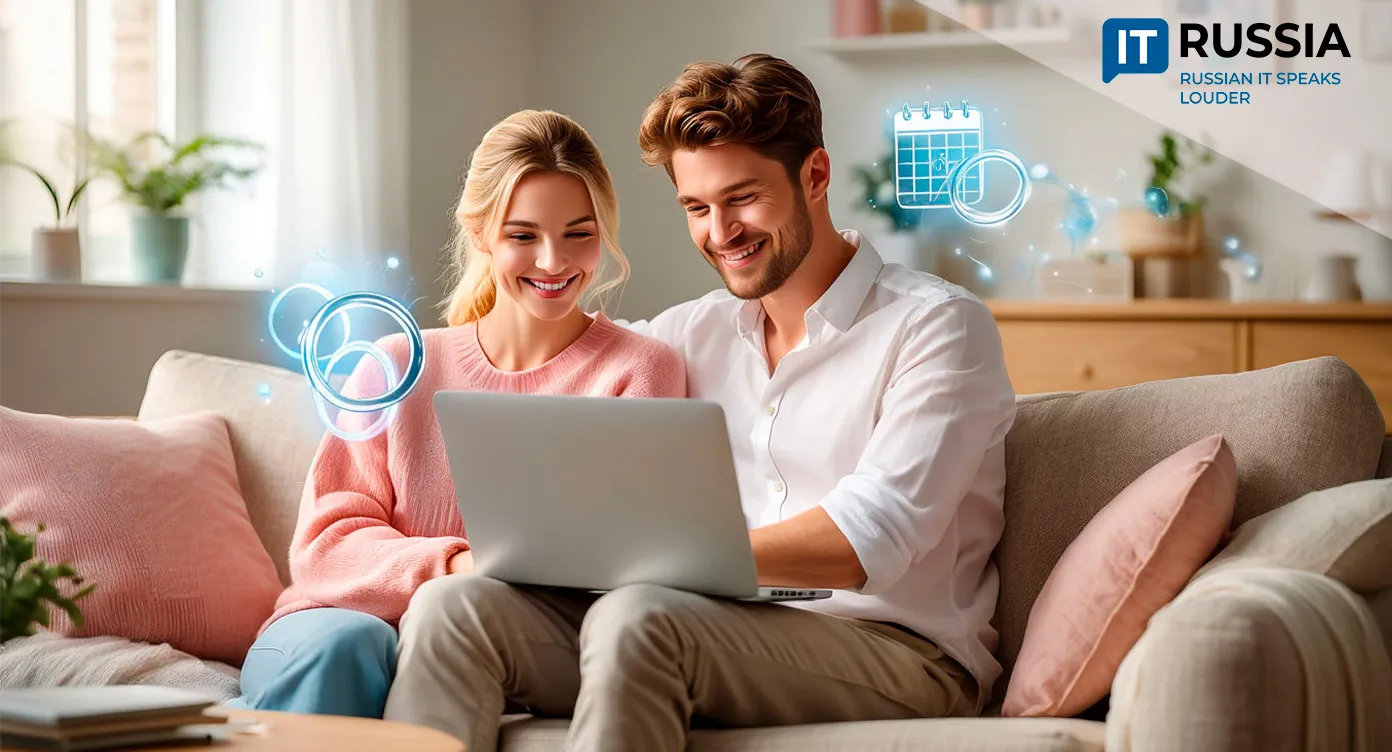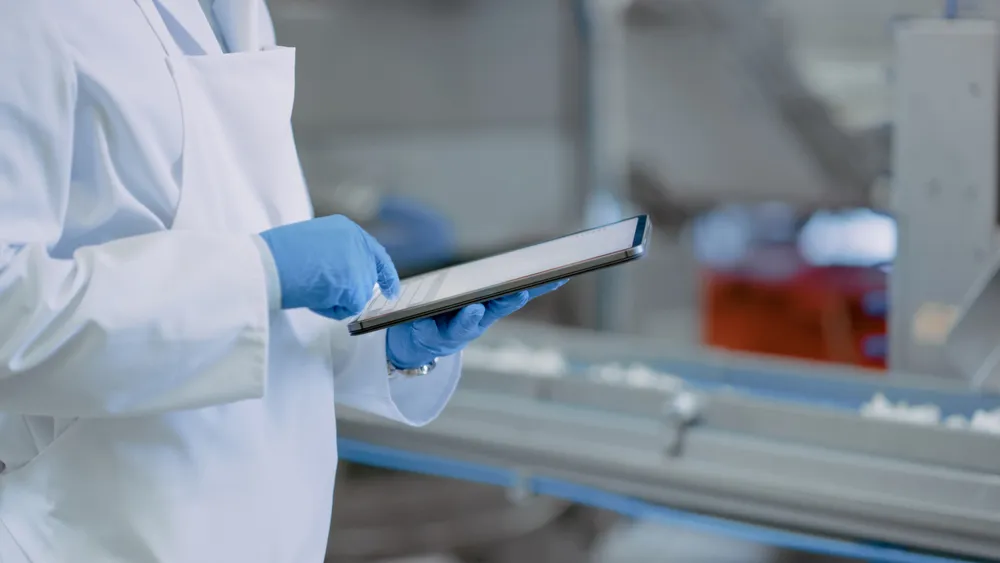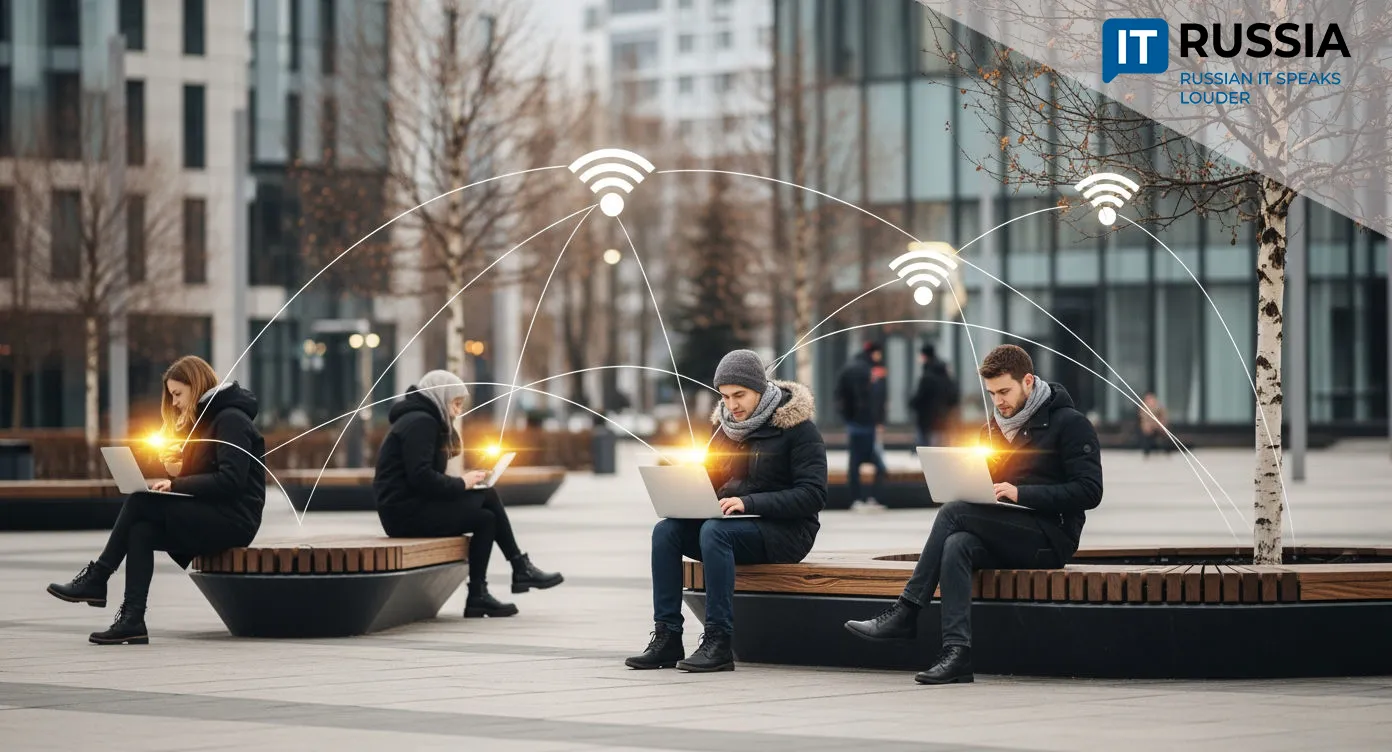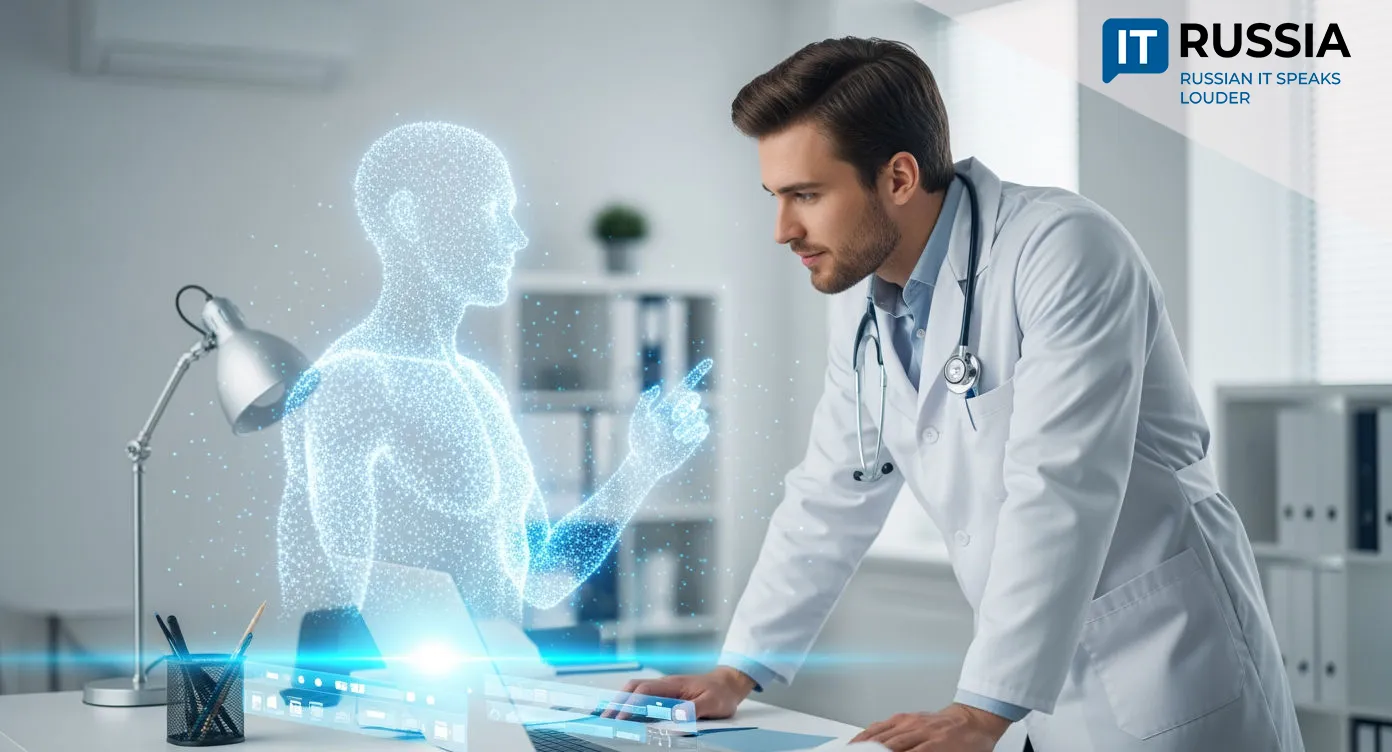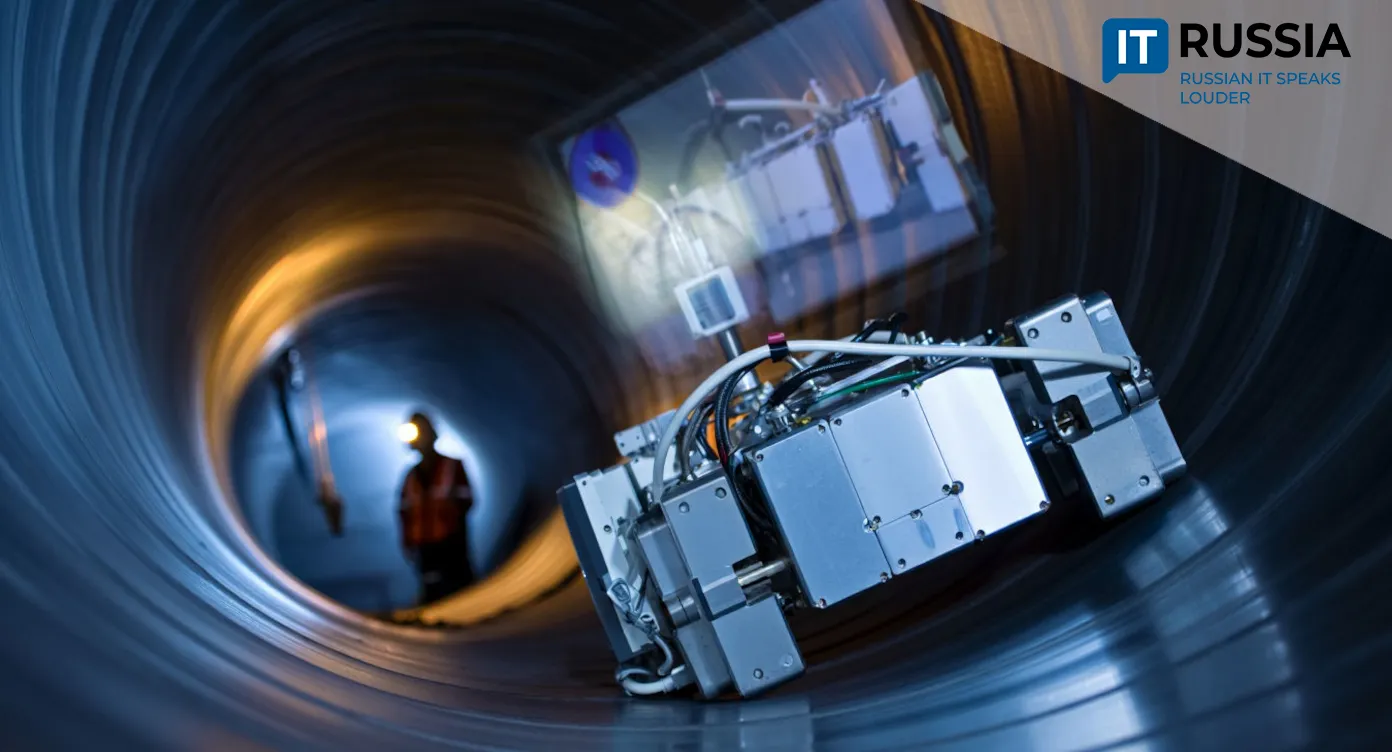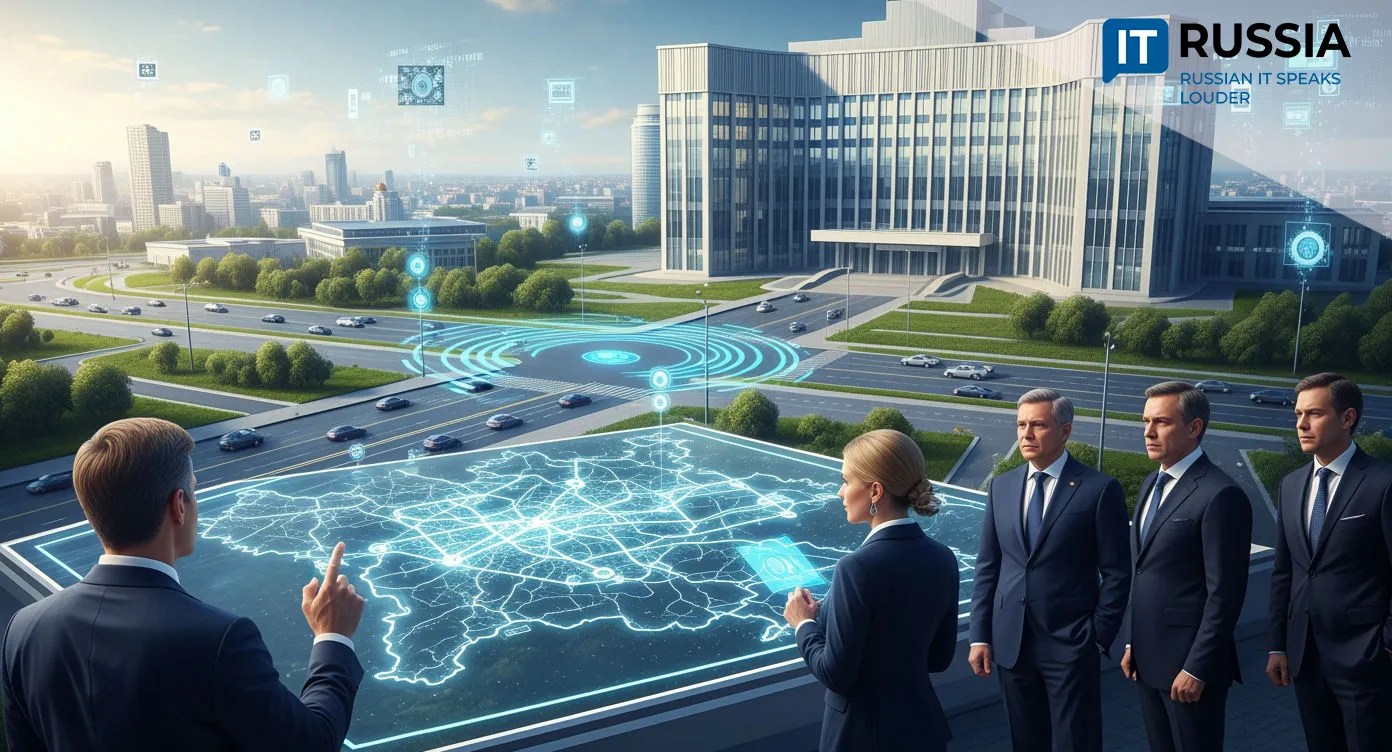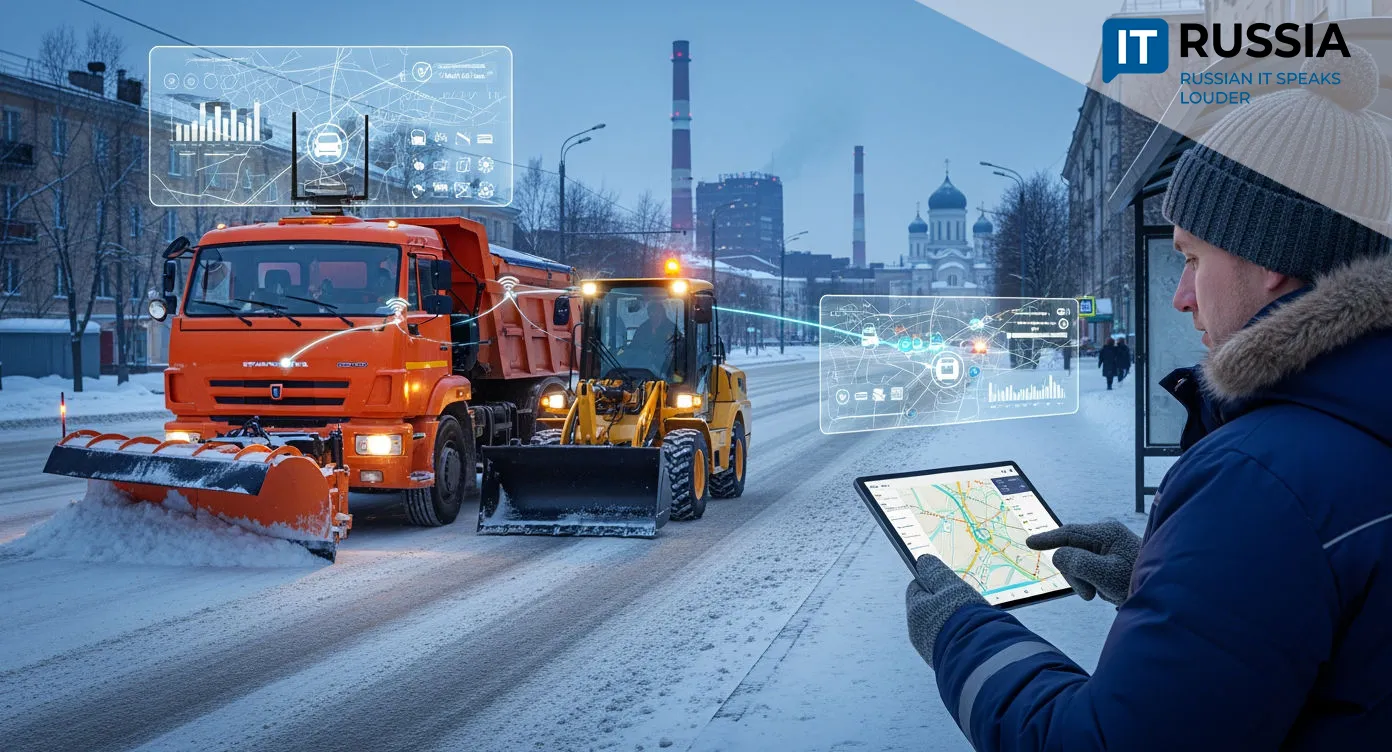Neurodiscourse in the Museum Space
In Orenburg, a new project called “NeuroArt” has launched, inviting digital artists who use neural networks to create striking works. Beyond the question of whether AI-generated images qualify as art, the project pushes this debate into public space, making audiences part of the conversation.
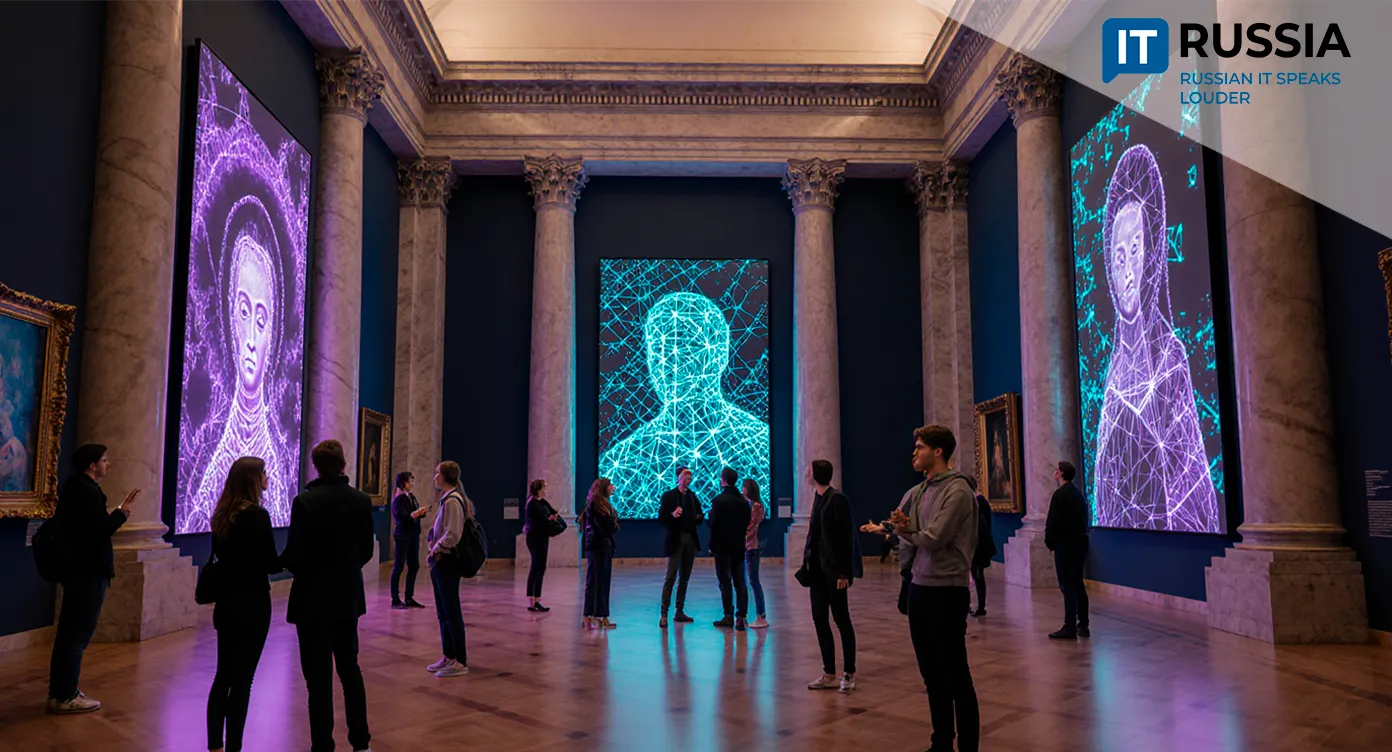
Searching for Neuro-Talent
The experimental project was launched by the Museum of Contemporary Art M’ART. The best works from participating digital artists will form the museum’s first digital art exhibition, displayed using projection equipment.
To participate, artists must create a digital piece—an illustration, animation, or short film—based on a well-known work of art and submit it online.
The M’ART Museum opened only recently. It is housed in the historic Ordnance House, a 19th-century architectural landmark. According to museum director Sergey Medvedev, the team is determined to break away from conservative formats. Instead, it will embrace interactive programming and technological experimentation. The commitment to originality was clear even at the museum’s opening ceremony, when its façade was illuminated by a NeuroArt-style video installation by Orenburg artist Dmitry Vasiliev.
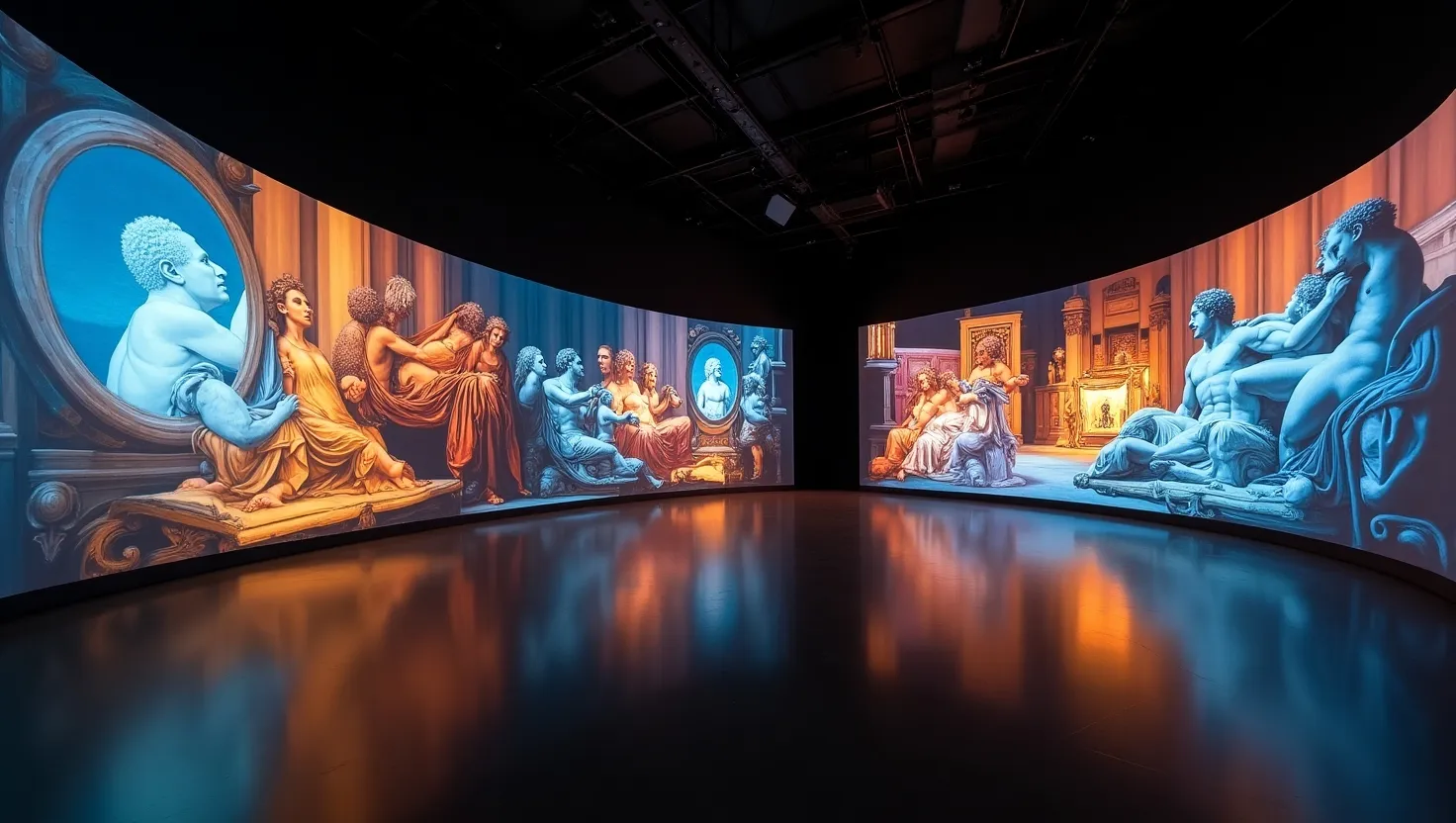
“Museums are not just about paintings or static art objects,” Medvedev explained. “They are living places of events and interaction. That’s why we welcome new audiences who previously may not have been interested in art. For them, we try different formats. For example, we received a grant in neurotechnology and will soon host lectures on how to work with neural networks. After that, we’ll hold an exhibition of artworks. Right now, many people are asking whether AI-generated works can truly be called art. We’ll figure that out together.”
For Visitors and Artists Alike
The NeuroArt project was a winner in Gazprom Neft’s “Native Towns” social investment program. Its goals are not only to discover new authors working with artificial intelligence but also to engage audiences directly, including through public lectures. The broader aim is to push new formats forward and normalize neural networks as a creative tool.
M’ART is also the only museum in the Orenburg region with an artist residency program. It provides accommodation and studios for young artists from across Russia to create and showcase their work. The museum describes itself as a cultural lab, promising a steady stream of collaborations, noting that new and meaningful art today often emerges at the intersection of different disciplines.
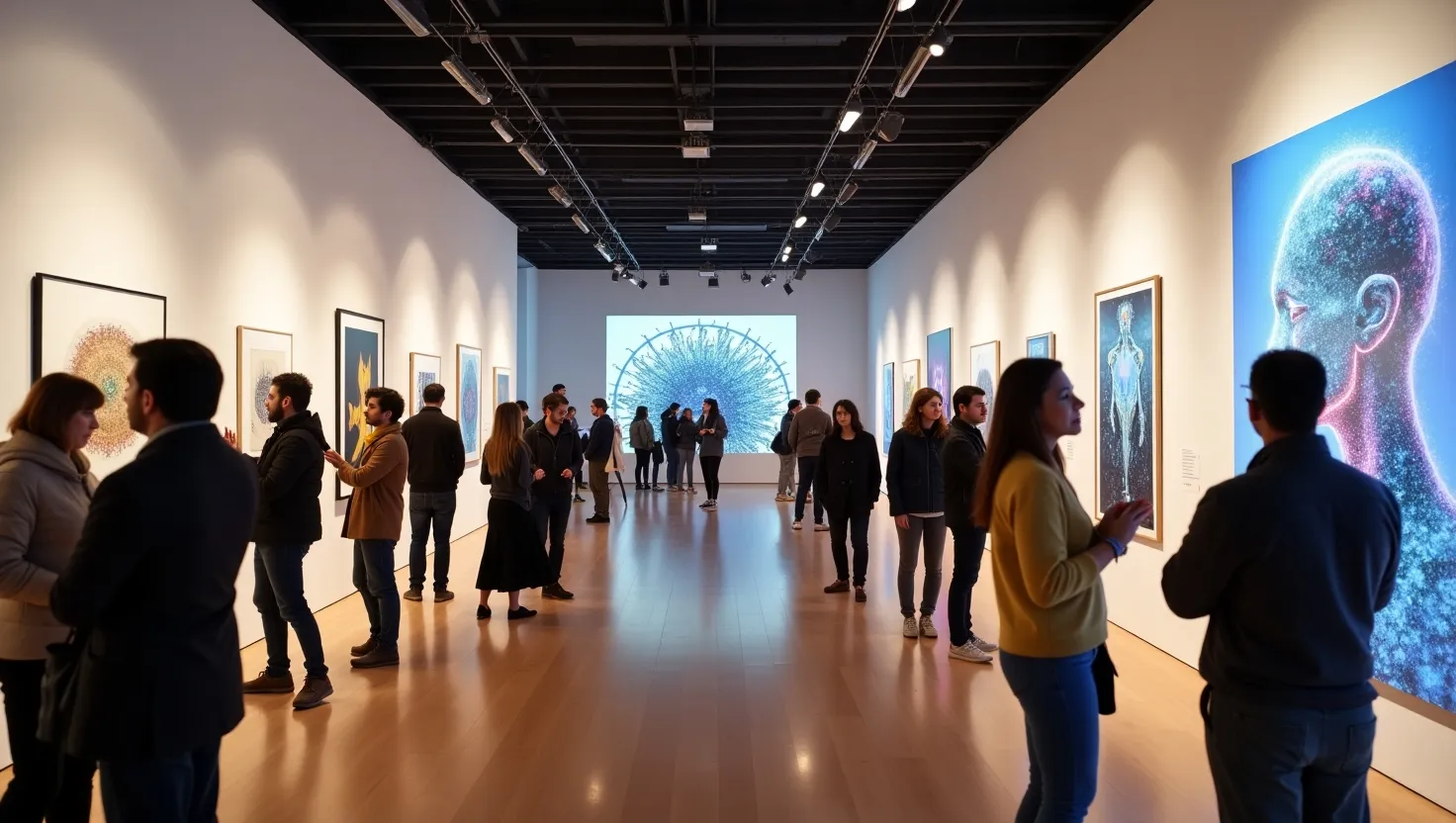
Official Recognition of AI Art
Interest in neural networks is growing in Russia. In 2024, the M’ARS Center for Contemporary Art in Moscow hosted an interactive exhibition titled “New Art: Algorithms. Neural Networks. Technologies,” featuring AI-created works. This year, the Tretyakov Gallery, in partnership with Yandex, staged an exhibition called “Humans and Neural Networks: Who Creates Whom?”
Across the cultural landscape, AI art is moving from experiments to mainstream recognition. These technologies not only preserve masterpieces by digitizing them for future generations but also generate new works of cultural significance. Large-scale projects validate market demand and provide a reputational umbrella for regional initiatives like NeuroArt. For Orenburg, the project creates an entry point into digital creativity, offers educational opportunities for students, and fosters cultural tourism.
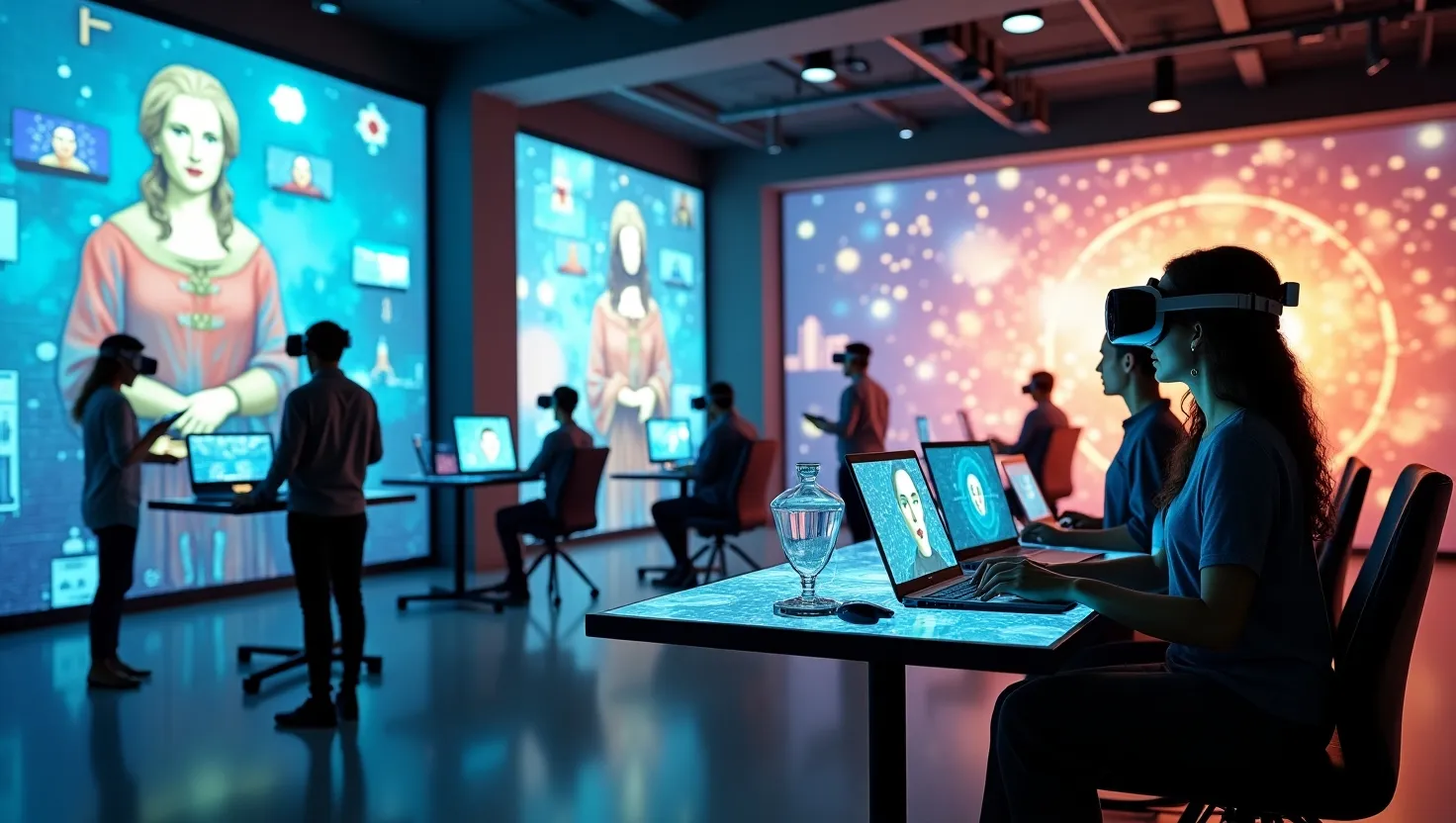
M’ART could become a pilot hub for regional AI art, working permanently with IT companies and universities to advance new formats and technologies. Meanwhile, debates over authorship and intellectual property rights in AI-generated works continue worldwide. The Orenburg project may help chart a legal and practical framework for protecting content ownership.


